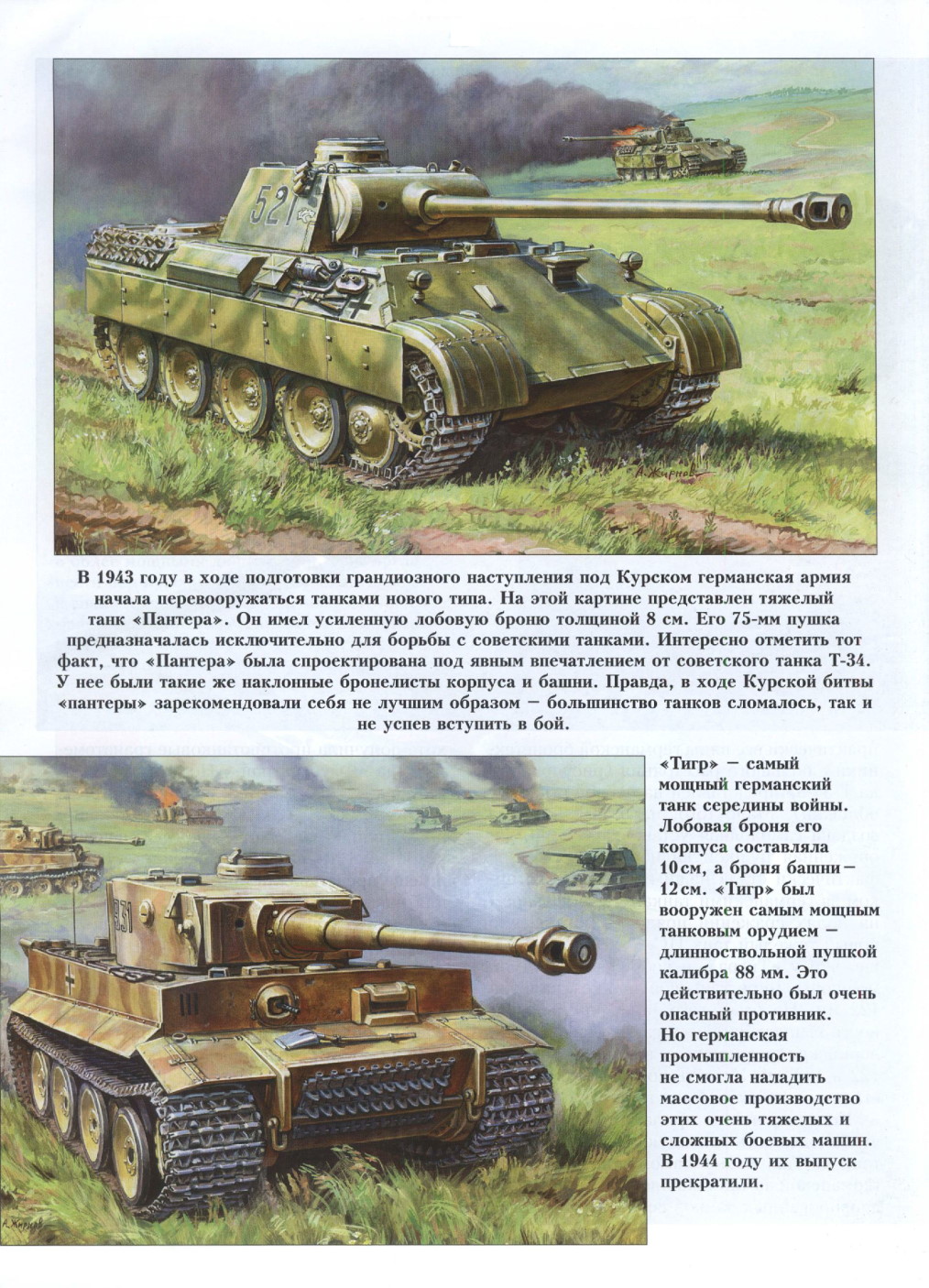The invaders
While Stalin continued to place his faith in the complex
mechanisms of his foreign–political axioms, the German preparations rolled on
undisturbed. By June 1941, the Wehrmacht’s leaders had gathered 3.3 million
soldiers on the borders with the Soviet Union. The total number of German
soldiers deployed during the course of the war in the East is estimated at
around ten million. In other words, it was the largest military force Germany
had ever assembled. But it would not be large enough.
The explanation for this is simple. The economic and
demographic resources available within the German area of control were simply
too small for a war on multiple fronts against a coalition as strong as the
Allies. But can the course of a war really be explained with only a handful of
statistical comparisons? Military reality is often far more complex. Suffice it
to mention only the German campaign in the West and that, in the Soviet Union,
too, the Wehrmacht was initially triumphant. Why was that?
The majority of the German soldiers believed that the war
was for a good cause, at least at first. They were also experienced, hardened,
reasonably solidly equipped, well trained, and excellently led at the tactical
level; benefiting also from the element of surprise made their initial success
secure. These soldiers were used to fighting a land war, something that applied
equally to most members of the Luftwaffe, which made up 27 per cent of the
invasion force. By contrast, the German Navy was never more than peripheral to
the Eastern campaign. Its deployment was restricted to the Baltic and Black
Seas.
Although Operation Barbarossa was primarily a land war and
although this was where the German Armed Forces had felt at home since time
immemorial, the war also rapidly exposed the weak links in the Wehrmacht’s
professionalism. It was in this endurance test that it became apparent how
improvised the German forces truly were. They had been shrunk to merely 115,000
men between 1919 and 1933, after which a rearmament programme had begun in
which those cadres were divided again and again so as to have their numbers
supplemented with hundreds of thousands of conscripts, volunteers, and
reactivated veterans of the First World War, all furnished with first German
and then increasingly captured military equipment, which, however, proved less
and less equal to demand, in both quantity and quality. The result was
ultimately a complex conglomerate of units and divisions that differed greatly
in professionalism, equipment, and attitudes.
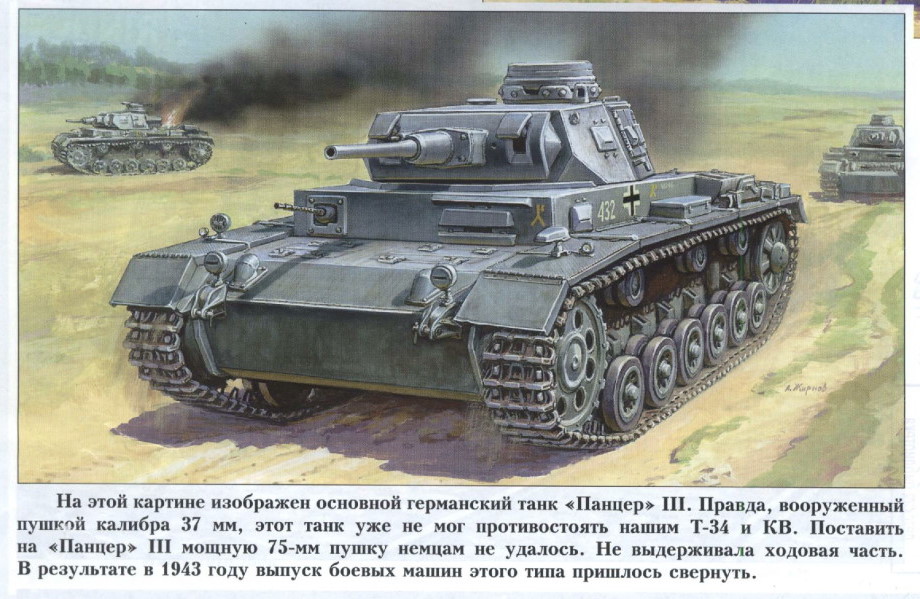
The backbone of the German Eastern Army consisted of the
Infantry Divisions, thoroughly capable units of over 17,000 men whose provision
with vehicles, anti-tank guns, and heavy weapons was, however, all too limited.
Since the Infantry Divisions soon lost their modest pool of vehicles, they
marched and fought as in the Napoleonic era—on foot or by horse and cart, with
rifles and artillery. The German Eastern Army began Operation Barbarossa with
750,000 horses; during the course of the war, the demand for this archaic form
of transport grew steadily, along with the concomitant need for carts.
The Eastern Army’s 3,350 panzers and 600,000 motor vehicles
(in June 1941) had instead been concentrated largely in the Motorized
Divisions. These few elite groups were to tear open the enemy’s front line and
so make a blitzkrieg possible. The German armies at the time were rightly
compared to a lance—a piercing, hard, short point on a long wooden shaft. With
a relatively small arsenal of modern weapons—that is, armoured vehicles of all
sorts, motorized artillery, rocket launchers, modern radio and permanent air
support—the Wehrmacht was able to produce the local superiority that swung
battles—rapid raids independent of the infantry’s marching speed. But this potential
was soon exhausted, actually as soon as autumn 1941.
Also insufficient right from the first were the units
intended to control the enormous occupied zone. The soldiers deployed here were
those who were no use at the front: the older year groups or those with some
slight physical impairment. Their training was poor. ‘The great mass of the
battalion has never fired live rounds,’ complained the leader of one of these
divisions in spring 1942. And these Security Divisions, which were weaker than
their regular Infantry equivalents in both men and material, were supposed to
patrol a gigantic occupied zone the majority of which was completely
undeveloped. A Security Division of around 10,000 men could be responsible for
an area of around 40,000 square kilometres, an area half the size of Scotland.
It is easy to see that their mission was a futile one.
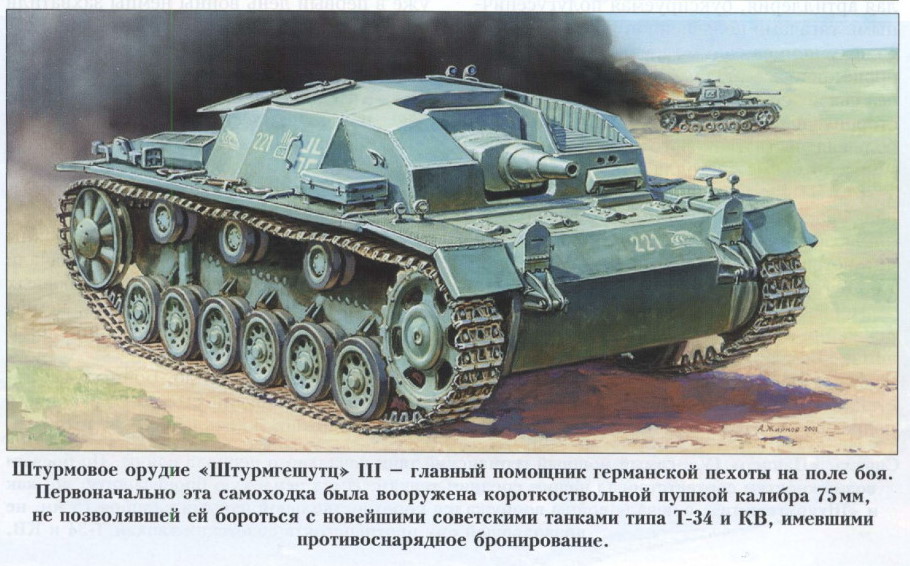
The best way to visualize the organization and proportions
of the Eastern Army is perhaps a breakdown of the forces in June 1943. At that
point, there were 217 German divisions deployed on the Eastern Front, of which
154 were infantry, 37 motorized, and only 26 allocated for maintaining the
military occupation. Truly modern battle groups able to call on the whole
repertoire of modern armaments remained the exception. This also draws
attention to something else that would be important later: most German soldiers
experienced the war at the front and not in the hinterland.
The Eastern Army had to absorb terrible losses as early as
summer 1941. For an army that was lacking strength in depth and particularly
reserves of personnel, that was catastrophic. Without the help of Germany’s
allies, even the summer offensive of 1942 would not have been possible.
Nonetheless, from 1943 the Eastern Army was supposed to experience a kind of
‘second spring’ after the beginning of the ‘armaments miracle’ presided over by
Albert Speer. It was only then that the heavier and technologically modern
panzers were put into action—the Tiger, the Panther, and the various tank
hunters. With the introduction of assault rifles and the anti-tank panzerfaust
in 1944–5, the infantry also began to hit harder. But by then it was too late
for this modernization drive to alter the course of the war.
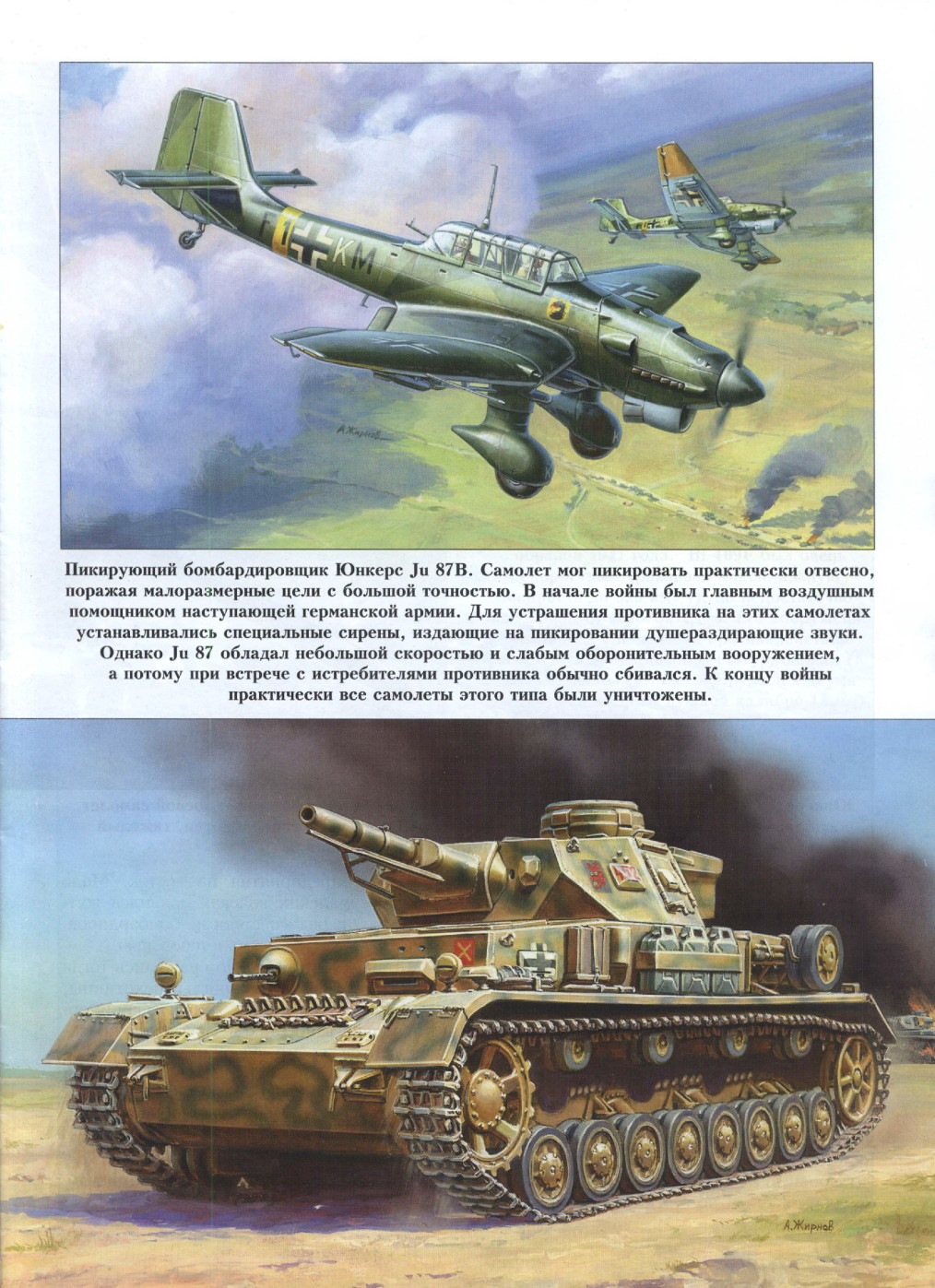
From winter 1941–2 onwards, the Eastern Army was living from
hand to mouth both militarily and logistically. Its situation was defined by
the continuous improvisation with which it managed to postpone the great
military catastrophe until summer 1944. What rescued the divisions fighting in
the East time and again were their cohesion and their professional ability,
along with good troop leadership. That compensated for a lot—for their
horrendous losses, their increasing immobility, the ever more bizarre
instructions from the Führer headquarters, and, finally, the growing
superiority of their opponent. As early as 1941, a German regimental commander
found the battles so fierce that ‘the German soldiers who survived were
hardened into as powerful a troop such as we have rarely had’. They were
unusually cohesive, and desertions remained very rare on the Eastern Front
until the winter of 1944–5. The reasons for that were doubtless a tough diet of
authority and obedience, along with an enemy whom most of the Landsers, the
ordinary troops, rightly feared. Even more effective were the attitudes that
ensured their continued commitment to such ideals as comradeship, courage, and
the fatherland, and so also to the world of military organization. On top of
that, the lie disseminated by German propagandists, that the attack on the
Soviet Union had been a pre-emptive strike, was long believed, particularly
under the influence of a Nazi ideology whose mechanisms of social engineering
had succeeded in leaving their imprint especially on the younger soldiers.
In general, the perspectives of the Wehrmacht soldiers were
far more diverse than one would initially imagine, often simply because it
consisted of differing generations. Of greater consequence was that these men’s
attitudes necessarily changed under the pressure of a war whose reality
corresponded ever less closely to the grandiloquent promises of German
propaganda. In the end all this was outweighed by the knowledge or suspicion of
their own guilt, whether individually or nationally, and also by the conviction
that their homes had to be defended against the ‘Bolsheviks’, simply because
the front now ran right through their own homeland. That, too, explains why the
German Eastern Army never disintegrated. But soldiers do not usually have the
opportunity to determine their own actions, and those actions cannot be
explained just by the soldiers’ thinking. The external factors were far more
powerful: the army, the dictatorship, and a war by which the soldiers were held
captive—no less so than their Soviet enemies.
Allies
It is often overlooked that the German invaders did not
fight alone in the Soviet Union; by their side stood many allies from
throughout Europe. In 1943, every third man in uniform on the German side was
not a German. ‘It can hardly have been more colourful in the medieval armies,’
as one German medic said of his ‘Cavalry Squadron East’, which recruited from
Red Army prisoners of war. There were various reasons why the Eastern Army
became an international force; it was a consequence of both state agreements
and individual decisions, and so there were allied troops, European volunteers,
and local collaborators.
This had not been envisaged. Particularly in a war such as
this one, Hitler wanted to retain the maximum possible freedom of decision,
which entailed not having to take account of allies whom experience had shown
to be often weak or difficult. Only two states were supposed really to
participate in the great Eastern conquest: Finland and Romania. Although both
pursued territorial interests within the Soviet Union, they did not infringe on
the German sphere because they were engaged only at the furthest peripheries of
the Eastern Front, in regions that would have anyway presented problems for the
Wehrmacht. The Romanian and especially the Finnish armies thus maintained a
relatively high level of autonomy. The other partners Hitler desired, Turkey
and Bulgaria, were sufficiently perspicacious to keep themselves out of this
undertaking, Turkey entirely, Bulgaria on the whole.
There was little room for any other allies in Hitler’s plans
for his future Lebensraum. This made things far from simple, not least because
the German invasion of the USSR was very popular in some parts of Europe; it
tapped into a significant anti-Bolshevik impulse, a passion for war, and a naked
greed for the spoils of conquest. ‘Your decision to take Russia by the throat
has met with enthusiastic approval in Italy,’ Mussolini telegraphed to Hitler
in summer 1941. Italy, Hungary, Slovakia, and Croatia, all official German
allies, did not miss the opportunity to be among the first divisions entering
the Soviet theatre of war. Mainly third rate in their training and equipment,
these troops were initially left in the lee of larger military events.
Only in 1942, when the German leadership realized how
dependent it was on outside help, were whole armies of Romanians, Italians, and
Hungarians included in the second German offensive. They were to pay a high
price for being so hopelessly out of their depth, and their German partners
seldom showed any gratitude for their contribution. After the debacle of
Stalingrad, it was bitterly recorded on the Italian side that their own
soldiers had starved while the Germans provided them with ‘not the slightest
assistance’. ‘If an Italian soldier approached a German kitchen and asked for a
little food or water, he was greeted with pistol shots.’ In total, 800,000
Hungarians, 500,000 Finns, 500,000 Romanians, 250,000 Italians, 145,000 Croats,
and 45,000 Slovakians fought in the Soviet Union. Most of them were there
because they had been ordered to go.
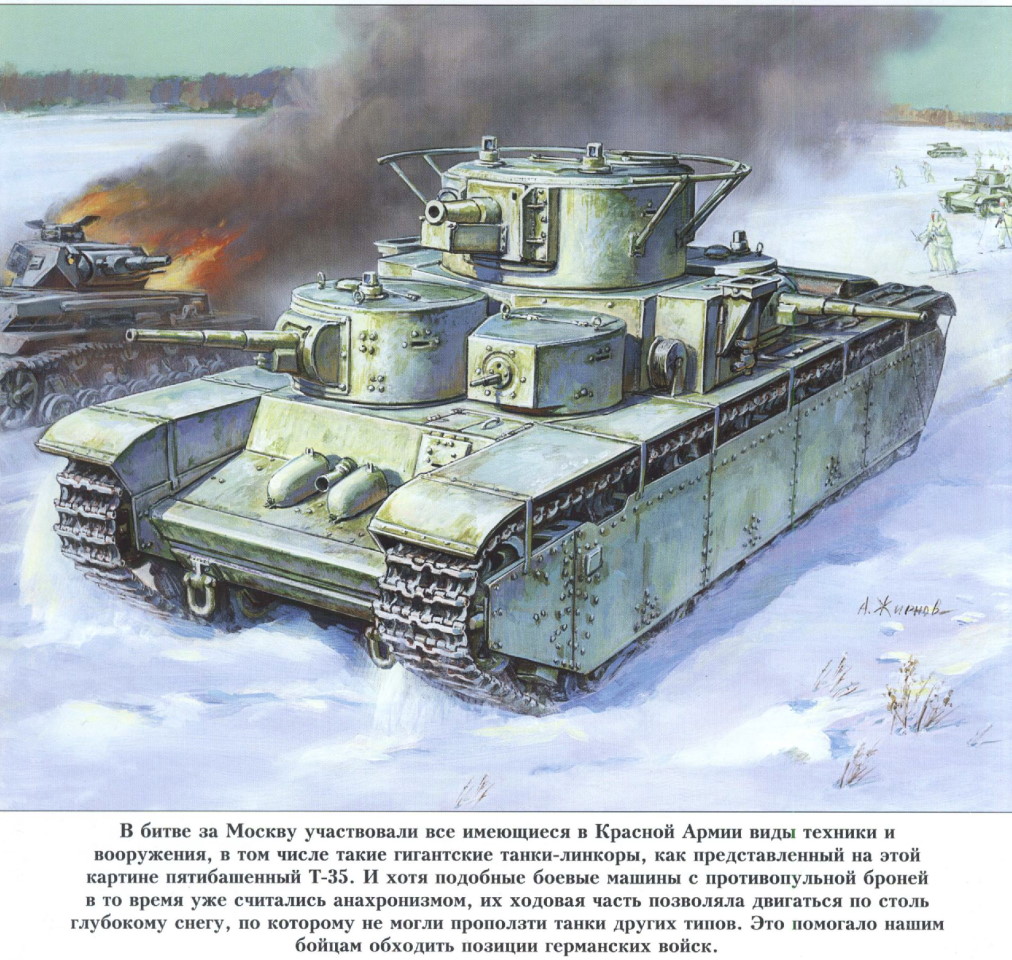
The rest of Europe, by contrast, was represented by
volunteers. Their contingents were far smaller and more heterogeneous, but, as
a rule, also more motivated. For them, taking up arms on behalf of Germany—out
of political conviction, a lust for adventure, or a need for belonging and
social advancement—was a personal choice. The Germans first reacted
reluctantly, despite the lip service they paid to shared ideology. But opinions
soon changed as German losses mounted, and they began to overlook the fact that
the racial criteria of Nazism were supposed to apply equally to foreign
volunteers. The German recruiters initially distinguished between
‘non-Germanic’ volunteers, such as Spaniards, Croats, or Frenchmen, who mainly
became part of the Wehrmacht, and ‘Germanic’ volunteers, Danes, Norwegians, or
Dutchmen, who were usually assigned to the Waffen SS so as to form the core of
a future ‘Pan-Germanic Army’. This was also the destination for the huge supply
of ethnic Germans living outside Germany, most of them in south-east Europe.
The majority, however, ended up in the army, not as volunteers, but because of
international bilateral agreements. Although the Germans significantly
intensified the propaganda aimed at recruitment, not least because of the great
symbolic and political value of a united Europe fighting against Russia, the
results fell far short of what they hoped. The numbers of foreign volunteers
deployed on the Eastern Front between 1941 and 1945 are estimated as the
following: 47,000 Spaniards, 40,000 Dutchmen, 38,000 Belgians, 20,000 Poles,
10,000 Frenchmen, 6,000 Norwegians, and 4,000 Danes, as well as smaller groups
of Finns, Swedes, Portuguese, and Swiss.
The final group, of a quite different military and political
significance, was made up of the collaborators. The figures alone make that
clear. It is estimated that 800,000 Russians, 280,000 people from the Caucasus,
250,000 Ukrainians, 100,000 Latvians, 60,000 Estonians, 47,000 Byelorussians,
and 20,000 Lithuanians bore arms on the German side. This happened, again, for
a range of varied reasons. For the soldiers from the Baltic, the Caucasus, and
the Ukraine, nationalist and anti-Bolshevik motives played an important role;
while the appearance of Russians, mainly as ‘Hiwis’ (Hilfswillige, voluntary
assistants), was often the result of coercion or straightforward need, and only
secondarily as a consequence of personal conviction or political commitment.
Just as heterogeneous as the origins and mentalities of
these military collaborators were their willingness and ability to fight.
Looking back on them, one of their German commanders wrote that a fifth ‘were
good, a fifth bad and the other three-fifths inconsistent’. This became even
more obvious because they were grouped together by nationality, first the
Baltic soldiers, then the people of the Caucasus, the Ukrainians, and, by the
end of the war, the Russians, too, in the so-called Russian Liberation Army.
Nevertheless, odd remnants of an imagined European crusade against Bolshevism
were able to outlive the downfall of Nazi Germany. There were exiles and
right-wing extremists who continued eagerly to propagate these fantasies after
1945, as well as a number of scattered anti-Bolshevik guerrilla groups that
maintained their activities in the Baltic countries and the Ukraine until well
into the 1950s.
The real problem with all of this was that any form of
military or political power-sharing was in diametrical opposition to the course
plotted by the Nazi leadership. Their plans would have alienated even the most
enthusiastic collaborators, because Hitler remained fundamentally indifferent
to the ‘hearts and minds’ of his helpers from Eastern Europe, though it was
precisely those Eastern Europeans who could have been the most important. The
Führer, despite all propaganda material to the contrary, was stubbornly
unwilling, right to the last, to make use of the opportunity they presented and
come up with a viable political concept to underpin the oft-trumpeted ‘New
European Order’. Although elements of the Wehrmacht, the ministerial
bureaucracy, and even the SS High Command increasingly came to rely on them,
the Eastern European collaborators were kept on a short leash, entirely
dependent on German instructions.
Nevertheless, the fight against the Soviet Union was not
Hitler’s war alone. Ultimately, it was a German war that was also, to some
extent, a European one, in which many expectations and intentions were bundled
together, some of them entirely incompatible with one other.
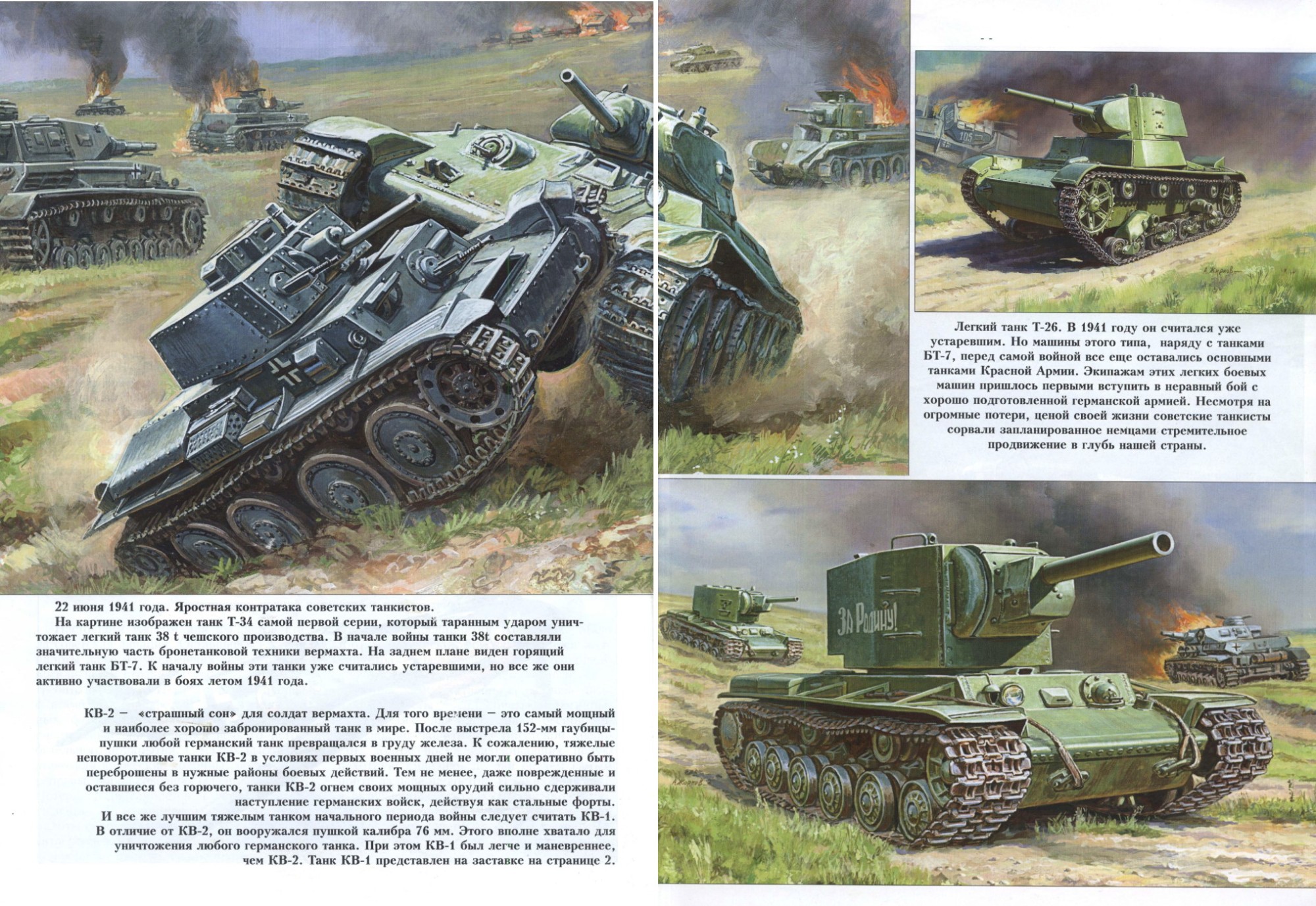
The Soviet Union’s land and people
It seemed almost endless, the country that the Wehrmacht
invaded in summer 1941, and that was another reason for the German defeat: 21.8
million square kilometres, a sixth of the earth, as Soviet propaganda used
proudly to announce. Just as sobering for the Wehrmacht as the size of the
Soviet Union was its climate. Its greater part was classified as within the
temperate zone (alongside smaller arctic, subarctic, and subtropical areas),
which meant that the summers, at least, were sometimes bearable for the
combatants, but then summer could also bring sweltering heat, choking dust, and
drought, or otherwise cataclysmic downpours, unending mud, and myriads of
mosquitoes. The winter, however, was uniformly horrific. It bit into all the
soldiers, regardless of whether they were deployed in Lapland or the Crimea,
and was especially difficult to endure because large parts of the Soviet Union
were still almost wild and far more sparsely inhabited than the German Reich.
In Germany, there were 131 people per square kilometre, in the Ukraine there
were 69, in Belorussia 44, and in Russia itself just 7.
In total, however, the Soviet population was enormous. In
1939, there were 167 million people; in 1941, this had grown to 194 million,
largely as a result of annexations. That in itself presented the Wehrmacht with
a grave problem: how to win a war against an enemy whose resources of manpower
were practically inexhaustible. The nature of Soviet society did, on the other
hand, also offer the German strategists one great advantage and possible
solution to the problem—it was not ethnically homogeneous, but was instead
divided between around 60 peoples and 100 smaller groups. In the First World
War, the German side had tried, not without success, to turn the Russian Empire’s
own peoples against it by adopting policies that supported national
independence movements. This was a strategy the German High Command could have
employed once again. Could have, that is, since Hitler and his followers had
quite other plans for these people. Nonetheless, particularly in the
farther-flung corners of the Soviet empire, there existed a latent readiness to
cooperate with the Germans that was not the result solely of nationalism.
Another reason was what the people had experienced of their Bolshevik rulers.
The Bolsheviks had had twenty years to make a reality of the new kind of
society they had promised, though the conditions could hardly have been more
difficult. The proletarian revolution had occurred in the country that Marxist
orthodoxy would perhaps have judged least ready for it—in a vast,
technologically underdeveloped empire that was extremely backward both socially
and politically as well as deeply marked by the Tsar, the aristocracy, the
Church, and an ancient peasant culture whose daily round was almost untouched
by the goings-on in Moscow or St Petersburg. There were additional obstacles,
first among them the inheritance of defeat in the First World War and of the
Civil War in Russia itself, one long tragedy of violence, hunger, and
deprivation that, between 1914 and 1921, had cost the lives of some 11.5
million people. Another was the ethnic fragmentation of a Soviet Union that
placed too little worth on the internationalism that formed part of its
doctrine; and, lastly, there was the long, painful coming-of-age of the
Bolsheviks themselves after Lenin’s early death (17 January 1924), a process at
the end of which stood what Lenin had warned against from his deathbed: the
dictatorship of Stalin.
It was Stalin who was truly to revolutionize the country.
Under his rule, the peasantry, the largest social group, shrank significantly,
from 72 per cent (1926) to 51 per cent (1941). Even more momentous was that
almost all peasants simultaneously lost their independence. During the programme
of enforced collectivization, they became ‘agricultural workers’ on almost
250,000 kolkhozy (collective farms) or sovkhozy (state farms). The tremendous
haste with which agricultural nationalization was driven along had a
fundamentally damaging effect on living and working conditions. In the former
breadbasket of Europe, many basic foodstuffs were rationed until 1935. The
privation was worst in the countryside, where between five and seven million
people starved to death in the early 1930s. This catastrophe was accompanied by
the deportation and execution of those whom the Soviet terror apparatus
believed to be standing in the way of Stalin’s ambitious advance towards
modernity.
The focus of his politics was the industrial sector, not the
agricultural. The latter’s collectivization was seen as merely a first step.
The old village culture was to disappear; the people were to move to the towns
and there be transformed into industrial workers, while the remaining
‘agricultural factories’ finally managed to guarantee sufficient food supplies
and even use a new surplus to finance the growth of heavy industry. That was
the grand project. Stalin wanted to make up in one decade for an economic lag
that he himself estimated at ‘fifty to a hundred years’. How to do so was
detailed in the Five Year Plans, first announced in 1929. As if it were
possible simply to command that the economy grow, Soviet society was mobilized,
made responsible for reaching the targets dictated to it, and thrown into ever
more productivity drives, which did indeed give some parts of the country a
modern appearance. New industrial concerns and factory towns appeared, along
with blast furnaces, canals, tractors, and vast water reservoirs. One statistic
after another celebrated the ‘construction of socialism’, and, even if that was
still limited to a single country, victory over capitalism was declared
nonetheless. Much of that was unfounded propaganda, but not all, as Soviet
gross domestic product increased by 50 per cent between 1928 and 1940, and a
basis was laid for the growth of heavy industry. Not only did the economy
change; there emerged a new breed of proletariatians, young and mobile, with a
high ratio of women and far more open to the slogans of socialism than their
peasant parents had been. Between 1926 and 1937, the proportion of industrial
workers in Soviet society was multiplied tenfold, from 3 per cent to 31 per
cent. It was a huge effort, almost ex nihilo, and it allowed the Soviet Union
gradually to become an industrial and then a military power, as well as turning
it into a country that corresponded at least in outline to the Bolshevik
conception of what society ought to be. It was enough to make many believe in
the utopian vision of a new, equitable world to come. Despite all the bungling
and the profligacy, the economic trend was directed very distinctly upwards.
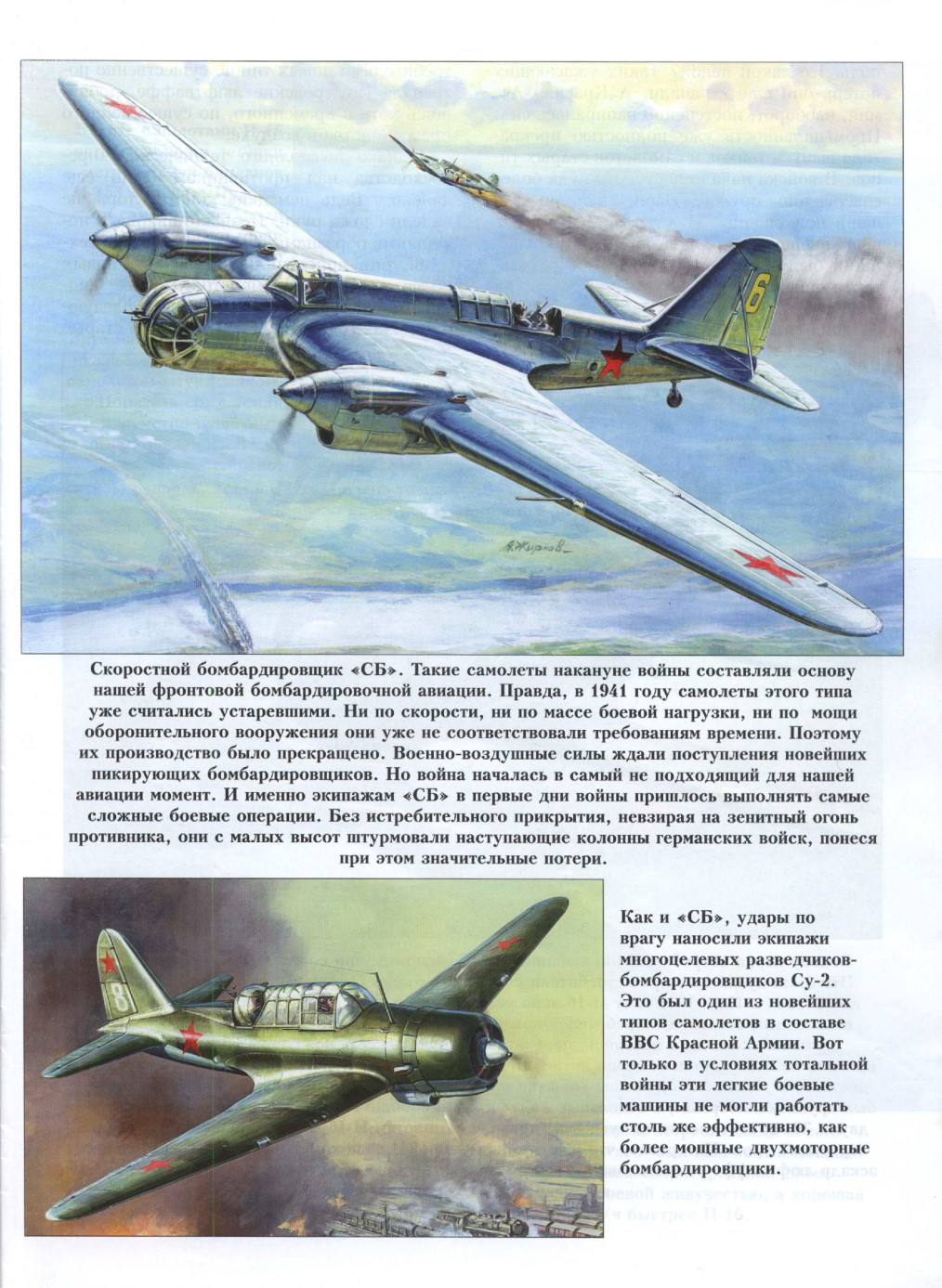
But the price was high. This huge effort to which almost
everything was sacrificed—capital, workers, resources—came at the cost of
sustainability, quality, and individual consumer goods, as well as doing
unprecedented structural damage to the Soviet economy. Even more serious was
the abyss of violence in which the socio-economic revolution was forced
through. There is no question that the Bolshevik regime had been accompanied by
violence from the first and that its use was not a new phenomenon. During the
Civil War, the Red Terror had already claimed 280,000 victims. Its conception
of the enemy had even then been a broad church: spies, counter-revolutionaries,
saboteurs, the bourgeoisie, ‘enemies of the people’, priests, kulaks, and all
members of all non-Bolshevik parties or national autonomy movements.
But it was under Stalin that the politics of repression,
murder, and ‘liquidation’ reached their height. Between five and seven million
people lost their lives during the enforced collectivization of agriculture at
the start of the 1930s, particularly in the Ukraine, along the Don and Kuban
rivers, an area from around which a further 1.8 million people were deported. This
was followed after 1935 by the deportation of individual ethnic groups and the
continuing persecution of the kulaks, relatively affluent farmers, 273,000 of
whom were killed. Then came the Great Terror of the years 1937–8, which was
directed primarily at administrative and military officials. Some 1.5 million
people were arrested and at least 680,000 executed. Finally, 480,000 people
from the Sovietized western provinces were deported or murdered between 1939
and 1941. These were undoubtedly extreme examples of Stalin’s governance, but a
permanent war against his own society was an essential characteristic of the
regime. He demanded, this was the crux, that society be the way he imagined it,
a way that in reality it never was. The consequence was an uninterrupted series
of inspections, show trials, arrests, deportations, and ‘purges’ of his own
administration, accompanied by the construction of a gigantic network of prison
camps, the notorious Gulag Archipelago. The Gulag became a dark parallel
society living in the shadow of the Bolshevik upswing that Stalin announced in
1935 had made life ‘better’ and ‘happier’. For the eighteen million people who
passed through the Gulag under his dictatorship, it was certainly neither; as
early as 1941, two million had succumbed to the inhuman conditions. Taking
these into account, there is a large body of evidence to suggest that, between
1927 and 1941, Stalin’s politics claimed the lives of some ten million people.
At the outbreak of war, Stalinist Russia thus had far more
on its conscience than Nazi Germany. The latter would, however, do much
throughout the rest of its short existence to make up the deficit. To
understand this as a reaction to Soviet atrocities would be fundamentally
misguided. The criminal character of both regimes was inherent in their
ideologies, their mentalities, and also in their organizations; they were two
separate and self-contained systems with their own sets of historical and
political preconditions. In Poland alone, the German occupiers had shot more
than 60,000 people by the end of 1939. That these two totalitarian regimes
would then reciprocally influence and radicalize each other in their fight to
the death was almost an inevitability. However, their actions were still
generally determined by what they had brought with them into the war:
ideologies that treated such principles as tolerance, individuality, and the
rule of law with nothing but contempt.
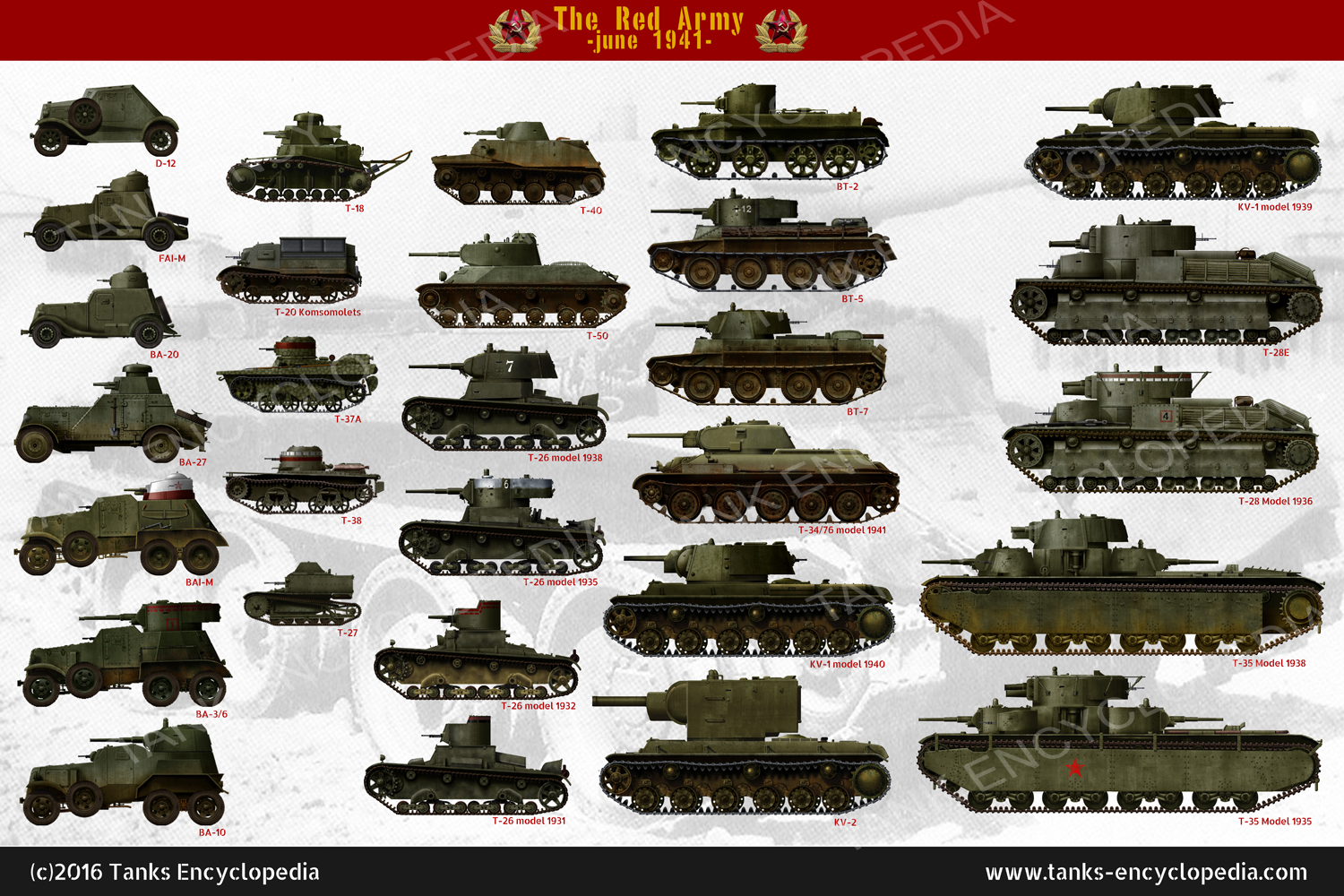
The defenders
The Soviet Armed Forces also found themselves in a period of
upheaval. By the early 1940s, little remained of their origins in the dramatic
years of the Bolshevik Revolution and the Civil War: the political symbolism,
perhaps, and the system of having commissars shadow the officers, as well as a
few commanders whose careers had begun in 1917. But it was precisely in the
officer corps that it was evident how much the Red Army had changed. The
officers had been among the first victims of the purges that took place between
1937 and 1940. Of the 5 Marshals of the Soviet Union, 3 ‘disappeared’, along
with 29 of the thirty army commanders and commissars, and 110 of the 195
division commanders. In total, of the 899 highest-ranking officers, 643 were
persecuted and 583 killed. In all, about 100,000 ordinary soldiers were subject
to some form of repression. This was no coincidence. Although the Workers’ and
Peasants’ Red Army, as it was officially called, had been at the disposal of a
dictatorship since its inception, it had still been allowed a certain
professional autonomy. Now, however, the guiding mentality made an abrupt
about-turn. Now it was important above all to toe the political line and that
meant total orientation on the vozhd, Stalin.
That was not the only change. What is also striking about
the period before the war is the Soviet Armed Forces’ exponential growth. From
529,000 men (1924) to more than 1.3 million (1935–6), it had reached a total of
5.3 million men by 1941, around half of whom were stationed on the western
border. Another twelve million men were available as reserves. This explosive
expansion was accompanied by an acceleration of material provision in which, it
has to be said, sheer volume of equipment was prized above its efficacy.
Nonetheless, at the outbreak of war, the Red Army had an enormous arsenal at
its disposal: 23,000 tanks, more than 115,900 heavy guns and mortars, and
13,300 usable aeroplanes. There is no doubt that it had become one of the most
powerful armies in the world, even if the Soviet leadership continued to make
the mistake of confusing quantity with quality. But at that point—and this was
the salient fact—they did not really expect to be fighting a major war, not
least because the record of the few Soviet deployments before summer 1941 was
decidedly patchy. In the small Manchurian border disputes, they had gained the
upper hand against the Japanese (1938–9) and just about managed to succeed in
conquering the half of Poland allocated them, but the war against Finland had
very nearly ended in fiasco. This, too, seemed to indicate that the Red Army
could not be considered battle ready before summer 1942 at the earliest.
The German invasion struck them with a terrible shock. The
dominant sentiment of the Soviet defenders in the first months of the war can
have been nothing but fear: fear of the apparently invincible supremacy of the
German invaders; fear of control by the political cadres, who initially thought
it would be possible to manage an army like a party organization; fear of the
officers, who callously threw away the lives of their troops; fear of the
indolence in the supply lines that meant what was really needed did not reach
the front; and, not least, fear of death, which soon became terribly familiar
to the Soviet troops. More than 3.5 million of them did not survive the first
year of the war. One officer of the German High Command wrote in his diary that
‘the Russians sacrifice their people and they sacrifice themselves in a way
that Western Europeans can hardly imagine’.
And yet, the Red Army was collectively able to bring the
Wehrmacht to a halt. There were many reasons for that: the Soviet Union’s
almost inexhaustible reserves, the steadily improving quality of their
armaments from autumn 1941, the knowledge that they were fighting a just cause,
and, finally, the lessons learned in the hard school of war in which the
soldiers of the Red Army had no choice but to enrol. Although their losses were
horrendous, although the Red Army lost the majority of its heavy weaponry in
the first months of the war, a new army emerged that was vastly superior, in
both quantity and quality, to that of 1941. A proud Soviet political officer
wrote of the army’s operations in 1943 that ‘even the Germans in 1941 were
never as good as this’. Two years earlier, he had ended up among the partisans
after the destruction of his unit and had lived to see regular Soviet divisions
fight their way through to him and his comrades.
At that moment, in autumn 1943, the Soviet Armed Forces
consisted of 13.2 million people in total, 5.5 million of them fighting on what
for the Soviet Union was the Western Front. By the end of the war, the Soviet
Union had mobilized 30.6 million soldiers, 820,000 of them women. Their
equipment, too, changed beyond recognition. The Red Army became more mobile,
largely because of the tens of thousands of vehicles that arrived from the USA
and Great Britain, but, most important of all, it learned to hit harder. The
most feared Soviet weapons of the Second World War were the T-34 tank, the
heavy guns, the PPSh-41 submachine gun with its distinctive drum magazine, the
Katyusha rocket launcher, the mortars, and an artillery that grew into a
rolling thunder of regiments, divisions, and even whole artillery armies the
like of which the world had never seen. Stalin thought of them as embodying the
god of war. Finally, there was the air force; in 1941, its machines were swept
from the sky by their German enemies or destroyed while still on the ground. At
the beginning of 1943, the tide turned, and aerial dominance became the
privilege of the Soviets. That was not simply because of their new machines,
which were stronger and more modern. ‘Against ten of us there were often three
hundred Russians,’ remembered one German fighter pilot. ‘You were just as
likely to have a mid-air collision as to be shot down.’
The fatal blow, however, was struck on the ground. By that
point, the Red Army’s soldiers were professional, confident, and highly
motivated. ‘I can be proud’, wrote a lieutenant in October 1942, ‘that the
battlefield is covered in Krauts I’ve personally killed and counted off …’.
What came to matter in the army was no longer class background and political
loyalty, but ability and action. The Party and the state also learned to make
use of the deeply rooted patriotism that had lain dormant in Soviet society.
They created Guards Regiments, uniforms reminiscent of the old Russia, and an
elaborate system of honours. There was little talk of internationalism in this
hour of need. Confronted with the nature of the German occupation, most of the
soldiers must have been entirely convinced of the reason for their
deployment—most, but not all, because Soviet society always remained
politically and ethnically far more heterogeneous than its leadership would
have cared to admit. A sophisticated surveillance apparatus, the system of
assigning certain battalions for punishment or using them to prevent others
retreating, as well as summary executions, all remained part of the military
everyday, along with a High Command that used the people entrusted to it with a
shocking wastefulness. Even at the beginning of 1945, one in sixteen Red Army
soldiers captured by the Wehrmacht was a deserter. This ambivalence—boundless
devotion and enthusiasm, but also indoctrination, control, terror, and an
unprecedented profligacy with human life—all these characterized the situation
of the Soviet military. The sole aim was to win the war—regardless of the price
that would be paid, above all, by its soldiers.
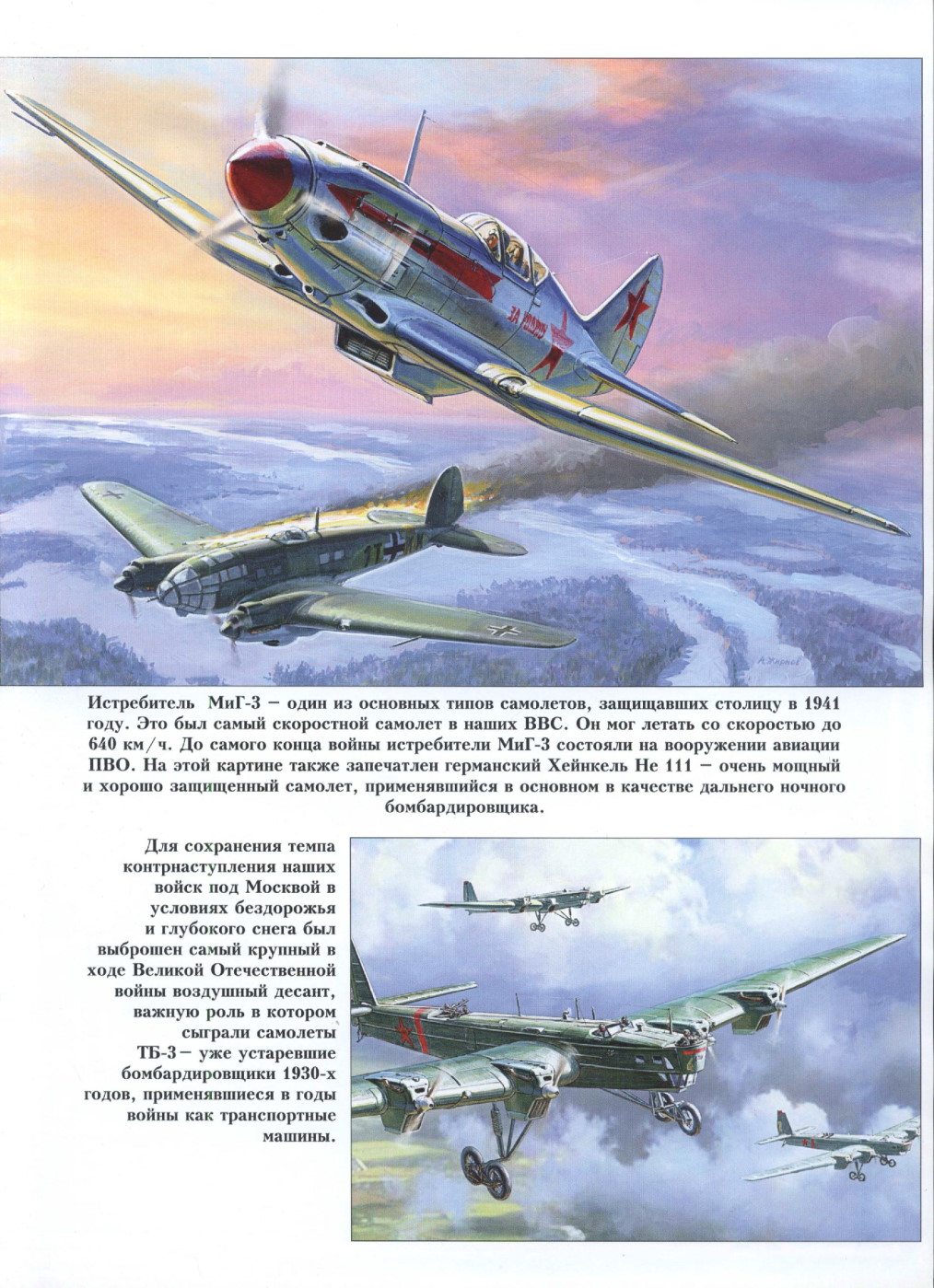
The war from above: overview
There are few subjects as historiographically difficult and
challenging as the description of war. That applies particularly to its
epicentre, to the actual fighting. There are a great many people involved, as
well as enormous, complex organizations; there is a permanent alternation
between high drama and phases of crushing tedium; there are the intensely
emotive subjects of death, defeat, and blame; and there are necessarily two
contrary perspectives that often seem incommensurable. In the case of a war as
large and also as extreme as the German–Soviet one, merely sketching an
overview of the military operations presents a challenge. In 1942, these took
place on a front that stretched 3,000 kilometres through the Soviet Union. Of
the innumerable engagements that were played out, many have by now been
entirely forgotten, even though tens or even hundreds of thousands of soldiers
were involved.
In the midst of this apparent chaos, however, it is possible
to make out certain patterns. One is determined by the seasons. The great
German offensives always took place in summer, those of the Red Army initially
only in winter. And there is something else that catches the historian’s eye:
German offensive capabilities shrank from year to year. Whereas the Wehrmacht attacked
along the whole length of the front in 1941, in 1942 it did so with only one
Army Group; in 1943, with two smaller armies, and, finally, in summer 1944,
none of the German forces in the East was able to advance from its position.
Now that its opponent had seized the initiative during the Germans’ favoured
season, it could no longer be recovered. Casting an eye over the Soviet
operations, on the other hand, rapidly makes clear the extent to which the war
was a learning process for the Red Army, on all levels of military
thinking—tactically, strategically, and operationally. It continued to make
dreadful errors right until the end, and those errors contributed as much as
anything to the horrendous losses that it suffered.
A second organizing idea in this tremendous military
struggle is that of territory. War is always partly a geographical phenomenon.
Territory, in a sense, provides the parameters; it gives an unmistakable
indication of the two opponents’ successes or failures. This is particularly true
of a war such as that in the Soviet Union. Of course, it is often overlooked
that this conflict was not only a war of manœuvre. Long stretches of the front
fought a war of attrition that outwardly at least was reminiscent of the First
World War. But, even then, the military events were not confined to the
comparatively narrow band of two parallel front lines. In a contest
characterized by limitless violence, it was inevitable that the hinterland,
too, would become a war zone. Nevertheless, the war was decided by what
happened at the front, along the main lines of battle. Everything else was
dependent on that. That is why an operational history remains indispensable to
understanding the course of the war. The thin line of the front formed the axis
around which all else turned.
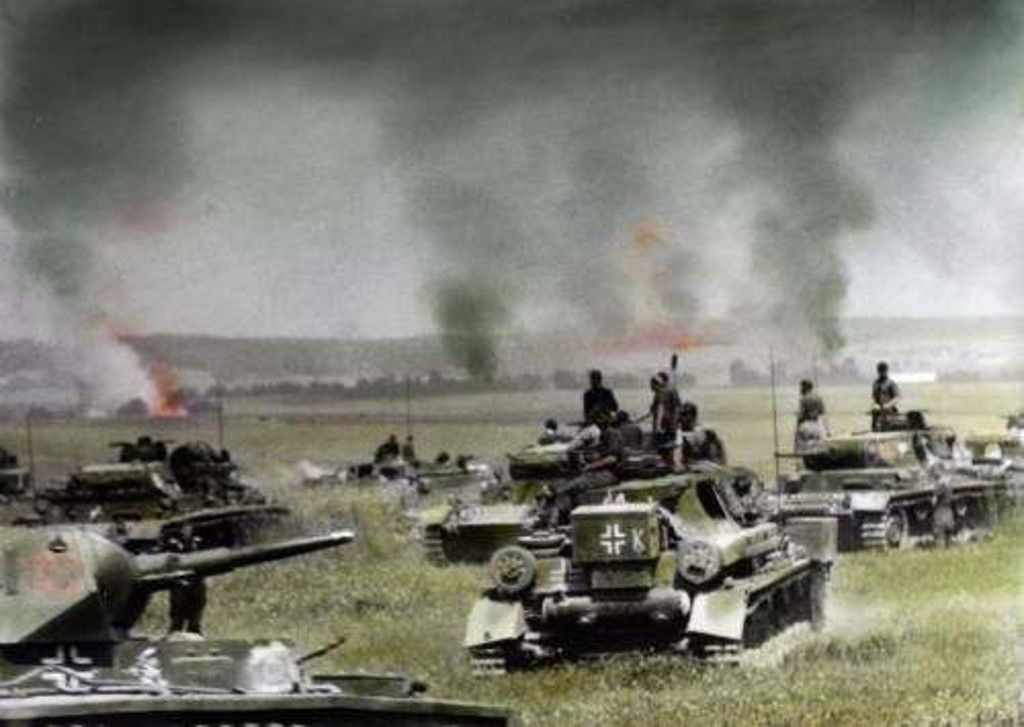
1941: the German invasion
Bright and early on 22 June 1941, a sunny Sunday morning,
the Wehrmacht crossed the border. There had not been a declaration of war; it
was a surprise attack. That was one of the key reasons why it seemed that the
German troops would soon add the Soviet Union to their list of conquests.
Stalin had repeatedly been warned about the build-up to Operation Barbarossa
but had consistently refused to put the Red Army into defensive readiness.
Instead, his High Command had concentrated the majority of its forces on the
border, because Soviet doctrine stipulated that, in the event of an attack, the
army was immediately to carry the war onto enemy soil. Nonetheless, or in fact
precisely for that reason, the four German panzer groups quickly succeeded in
breaking through the Soviet positions, forming the first ‘cauldrons’,
encirclements of enemy armies, and managed to advance 400 kilometres into
Soviet territory within a single week. For the German infantry armies following
along behind in that hot, dusty summer, that meant: marching, more marching and
then ‘clearing’ one cauldron after another. Soviet prisoners were soon being
counted in the hundreds of thousands.
The German leadership was triumphant. Before the outbreak of
war, it had had a nagging fear that the enemy units would—as in 1812—fall back
into their country’s interior and refuse to give battle. That had obviously not
come to pass. On the contrary, the toughness of Soviet resistance seemed to
confirm the assumptions on which the German strategy was built. On 28 June,
German troops conquered Minsk, the capital of Belorussia; on 15 July, they were
already at the gates of Smolensk. In three weeks, the distance between Army
Group Centre and Moscow had thus shrunk from over 1,000 to around 350
kilometres. ‘In our mind’s eye, we can already see the towers of the Kremlin,’
exulted the members of one German infantry regiment. Even the head of the
German General Staff, Franz Halder, believed at the start of July that ‘the campaign
against Russia will be won within a fortnight’. He was not the only one of this
opinion. In Great Britain and the USA, the Soviet military had already been
written off. One British general wrote, ‘I fear they will be herded together
like cattle.’
But this belief ran counter to all military experience.
According to the old rule of thumb, it is only with a three-to-one advantage
that victory is assured. Since in this case the defenders in fact retained
numerical superiority and continued on the whole (though not always) to fight
hard and bitterly, the German troops, pushing ever farther into the unending
emptiness of the steppe, began to win their victories on the point of
exhaustion. This could be seen in their losses, which were particularly dire in
the battles to break through Soviet lines as a prelude to encirclement, and it
could be seen in what was happening to their equipment. Before long, more
German vehicles were being lost to dust, mud, and the catastrophic roads than
to the enemy. In August 1941, an officer in a German Infantry Division noted
that the East was now beginning ‘to show its true face’. The German armies were
not prepared for what they now encountered. Reserves of everything were short,
and the supplies of fuel, rations, ammunition, and spare parts, to say nothing
of vehicles proper, began to run out after only the first weeks. A decisive
battle no longer seemed probable, and the Germans began to lose their taste for
the word Blitzkrieg, the lightning war. When Chief of Staff Halder was forced
to confess, on 11 August, that ‘we have underestimated the Russian colossus’,
the consternation among the leadership was already palpable. Even then, they
were no longer really sure what to do next.
What followed were heated discussions in the Führer HQ about
the future focal points of the German offensive. This question, like so much
else, had initially been left unresolved. While Hitler wanted above all to
occupy the Soviet centres of industry and raw material, and thus favoured the
two wings of the three more-or-less equally strong Army Groups—that is, ‘North’
and ‘South’—it was clear to his military advisers that that could not happen
before a decisive victory had been won in the field. Only an attack on Moscow,
on the centre of the enormous Soviet empire, seemed likely to provide it. There
is no doubt that the loss of the capital would have been a powerful blow to the
Soviet enemy. However, it does also seem questionable whether a war of this
scale and kind could have been ended with a single ‘decisive’ manœuvre. It was
almost as though the German military, in near desperation, were clutching at
this one tangible goal merely so as to make sense of an increasingly
unmanageable campaign. And not only that. For the exhausted and disillusioned soldiers
who were already ‘thoroughly sick of Russia’—as one soldier wrote as early as
August—Moscow presented a large and apparently convincing target. Its name was
a promise of victory, and even perhaps of a speedy end to the conflict.
Hitler’s ability to assert himself over his advisers in the
making of these plans demonstrates the extent to which he by now also dominated
operational strategy. When he, in August, switched the focal point of the
German offensive from Moscow to the south-east, it resulted in another great
success for the Wehrmacht—at least on the face of things. In a cauldron outside
Kiev, a further 665,000 Red Army troops had laid down their arms by the end of
September. It was one of the Red Army’s largest and most comprehensive defeats.
But neither that nor the conquest of the Ukrainian capital provided a military
turning point. In September, the increasingly perplexed Führer therefore
decided to attack Moscow after all, even though the conditions had altered and
it was now far later in the year.
It was only on 2 October 1941 that the Eastern Army was in a
position to launch its supposedly final onslaught. Seventy-eight divisions,
nearly two million men, had been gathered in the centre for Operation Typhoon.
Chief of Staff Halder wrote that it was finally time to ‘break the back’ of the
Red Army. And, indeed, by 20 October the Soviet side had lost 673,000 soldiers
and almost 1,300 tanks in the twin battles of Vyazma and Bryansk. By December,
individual German units had managed to fight their way to within 30 kilometres
of the Soviet capital. But now it was also becoming unmistakable how severely
the German Eastern Army had been depleted by the offensive. The change of
weather in autumn had already made things difficult: rain and then snow transformed
the Russian roads into a grey, bottomless morass into which whole armies sank.
By mid-October, the entire Army Group Centre was stuck fast ‘in mud and
sludge’, as their Commander in Chief, Field Marshal Fedor von Bock, noted with
chagrin.
In November came winter, bringing catastrophe in its wake.
Since the High Command had organized winter provisions for only a small
occupying army, most of the German soldiers continued to fight in their
tattered summer uniforms. One of them described their everyday existence as
follows: ‘The men wake up at around three or four in the morning and get ready
to move out, usually without washing, because the water is too far away and
there’s no time and no light. The marching then goes on all day until late on,
again in the dark, often at nine or ten o’clock, when the men reach their
quarters and have to care for the horses and set up the stalls before they have
their mess at the field kitchen and then lie down to sleep.’ Nevertheless, the
soldiers were driven ever further east by their commanders—in the putative hope
that the Soviet enemy had already been essentially beaten and that all that was
now required was a last, decisive ‘battle of annihilation’.
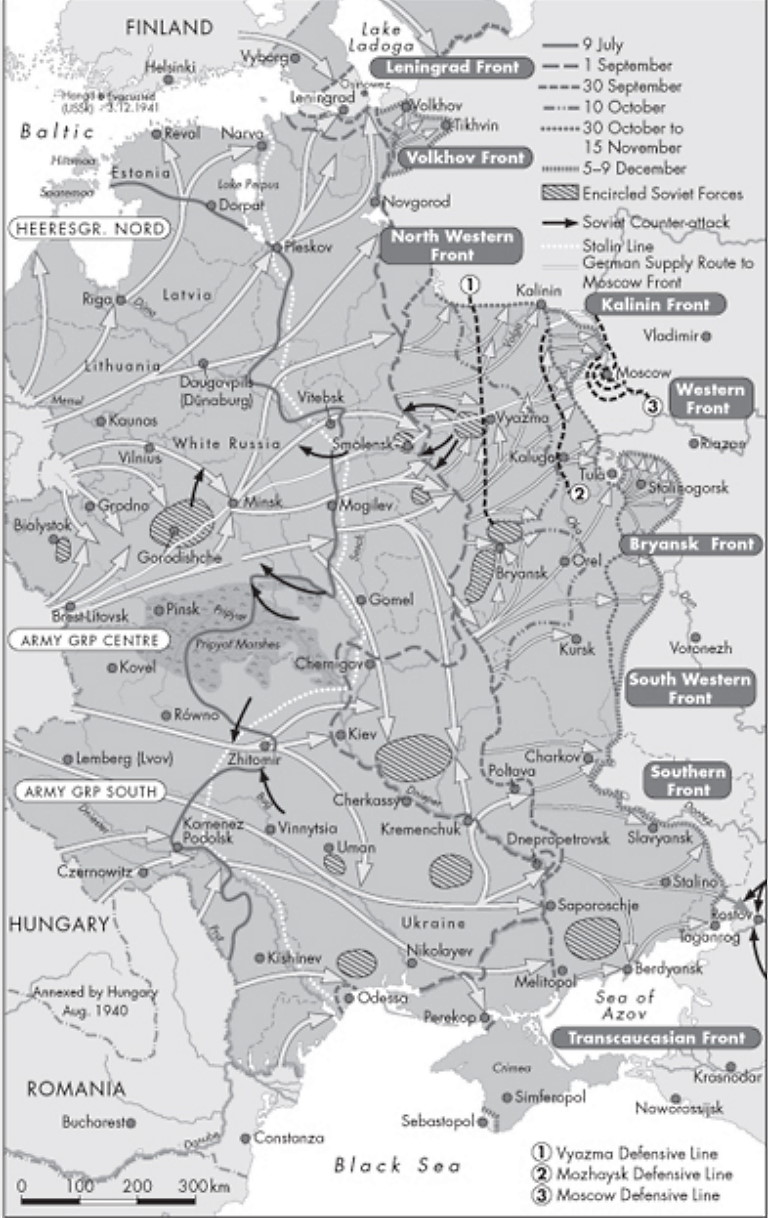
Map: The Eastern Front in 1941
A battle of this type did indeed begin on the 5–6 December
1941, albeit moving in the other direction. German intelligence had completely
failed to notice that the Red Army had brought up new troop reserves after
realizing, in November, that Japan would attack the USA rather than the USSR.
The Soviet offensive struck the German units, already thinned out and dead
tired, in the moment of greatest weakness, that of a stalled offensive. The
consequences were as one would expect. In temperatures that fell to −52 °C,
Army Group Centre was propelled a distance of between 150 and 300 kilometres to
the west. Nothing was as strongly reminiscent of Napoleon’s Russian campaign,
the military disaster par excellence, as the image of German columns struggling
westwards through snow and ice. ‘For days on end, the wind whipped up the fine,
powdery snow and drove it into our eyes and faces, so that one had the feeling
of having stumbled into a rain of needles,’ wrote a German military chaplain
about the retreat of his division. ‘Since the storms came mainly from the east,
the enemy usually had them at his back. It was easy for him to move his troops
forward under the cover of snow clouds so that they would be noticed only at
the last moment.’ By the end, in his unit ‘approximately 70 per cent of the
troops had frostbite, partly third degree’. Their commanders’ prognosis was
equally bleak: ‘Fighting capability of the troops is zero, as completely
exhausted.’
This was no ‘straightening of the front’, as was claimed by
the Reich’s propagandists. The whole German Eastern Front was in danger of
collapse. That it did not come to that was not only because of the cohesion,
skill, and toughness of troops who knew that they were fighting for their
lives. It was also due to the grave errors still being made by the Stavka, the
Soviet High Command. It did not manage to gather its forces and concentrate
them on a small number of crucial targets. From February onwards, the Soviet
attacks were increasingly ragged and ever more Red Army troops died pointlessly
in front of the German lines. It was not rare to find that battles were reduced
to a ‘fight for an oven’, a scrap over the few villages that remained intact in
the desert of snow. When the fronts then sank into the bottomless mud of spring
1942, both sides were equally glad of the break. It lasted long enough for the
German front, which now ran straight across Russia and the Ukraine, from the
area around Leningrad to the Black Sea, to be at least partly consolidated.
That, however, was the only gain made. Hitler’s strategy, the plan of a
worldwide blitzkrieg, had definitively failed, so definitively that the German
Reich had almost gone under—as early as that, in winter 1941–2. The prospects
for the future were not much brighter. Instead of winning itself strategic
freedom of action, the German High Command now found itself having to manage a
war on two fronts at a time when it was already evident how overextended its
forces were. ‘We have been punished for overestimating our strength and for our
hubris,’ read the assessment of an officer in the German General Staff in
December 1941. ‘If only we can distil some lessons from the events of the last
months.’
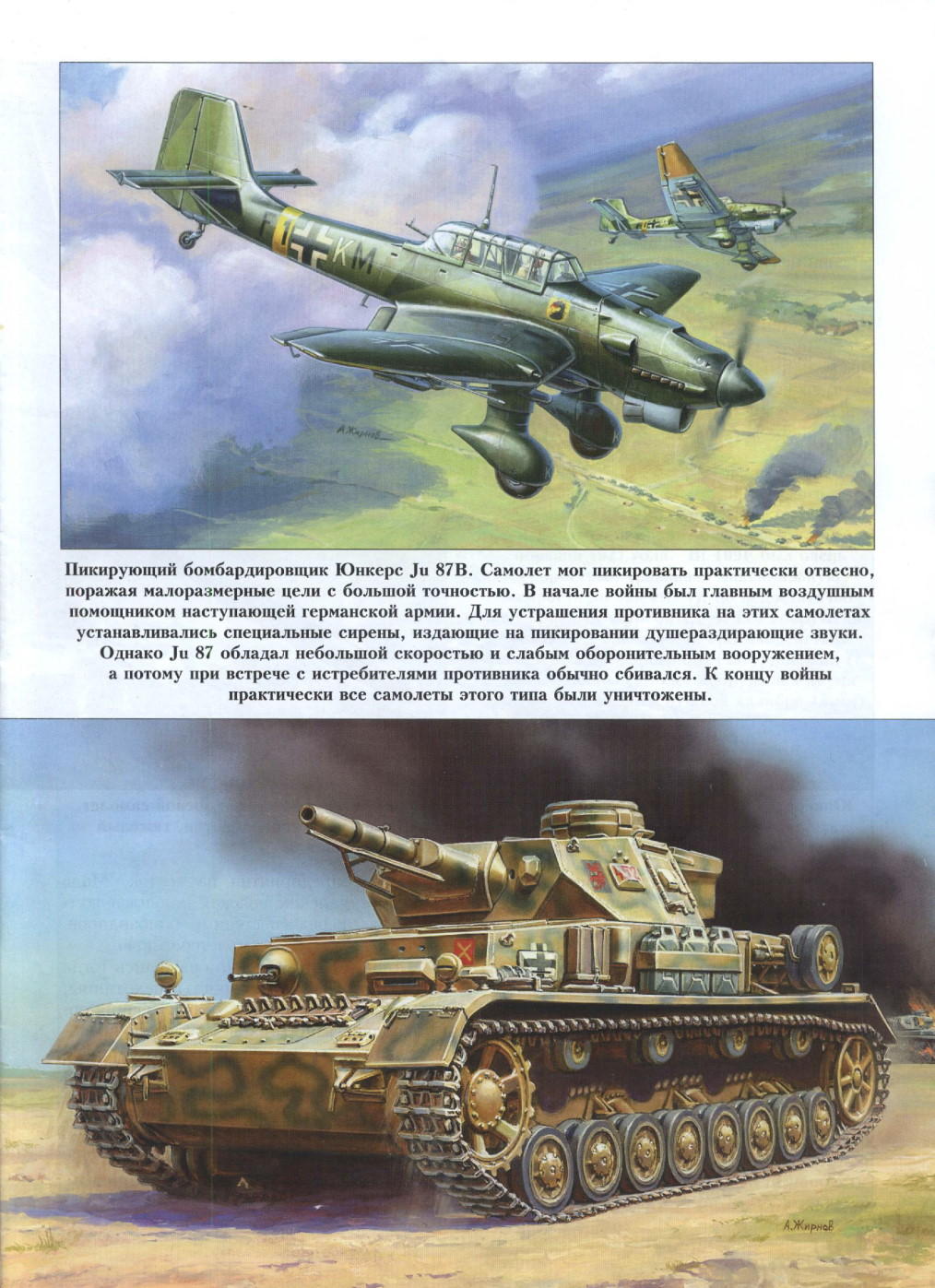
1942: the second German offensive
Learning lessons was something Hitler would not do. He would
not be wrested from his principle of escalating the odds in the face of risk.
After the Eastern Army had, by 1942, suffered losses of over a million killed,
wounded, and missing, an attack along the length of the front was no longer
possible. Instead, there would be an attack along one section in the south. All
reserves and all supplies were scratched together; where they were
insufficient, the Germans’ allies had to make up the shortfall. Time was short
because, since 11 December 1941, the German Reich had also found itself at war
with the USA. If there was to be any chance at all for the Reich, Hitler
thought it would lie in the Caucasus. Before American armament production could
start to run at full capacity, the German Reich would annex the military
potential of the Soviet Union. In order to do so, the summer offensive was
planned in two phases: it would first advance onto the Volga at Stalingrad,
then—after building up an east-facing front—wheel around towards the Caucasus
so as to take possession of the Soviet oilfields. Without them, the Soviet
Union—so hoped the Germans—would collapse.
The German offensive began on 28 June 1942. After a number
of preliminary battles—around Kharkov, Izium, and on the Crimean Peninsula,
which the Germans had occupied by 1 July—four German armies, supported by
Hungarian, Romanian, and Italian divisions, initiated Operation Blue. Again,
the attackers made rapid territorial gains. But now, and increasingly often,
their offensives ran on and on into an enormous void, because Stalin, after
long hesitation, had eventually given his commanders permission for a tactical
withdrawal. Given the paltry numbers of Soviet prisoners taken, Field Marshal
von Bock remarked that there was danger of having ‘struck at thin air’. Hitler
was not receptive to such doubts and permitted less and less outside
involvement in his operational leadership. Believing that the enemy had now
been beaten at last, he split the German offensive and directed the armies
simultaneously, rather than one after the other, towards Stalingrad and the
Caucasus. At first, this fateful decision could hardly slow the pace of the
German advance. Churning up thick clouds of dust, the troops marched ever
further east across the shadowless steppe, crossing the border into Asia at the
end of July and reaching the burning, destroyed refineries of Maykop at the
start of August. On the 22nd of that month, German alpine troops raised the
Reich’s war flag above the Elbrus, the highest mountain in the Caucasus. Days
later, the Sixth Army’s first reconnaissance units were standing on the banks
of the Volga, north of Stalingrad. Never before had the Germans ruled over such
an enormous territory.
And then everything stopped. Now, if not before, the German
leadership had indubitably expended or worn out the last of its resources; one
German major wrote that his troops had already been ‘stripped of all but their
shirts’. The tormenting question of the previous weeks, of how long the Soviet
Union would hold up against this renewed onslaught, began to be answered slowly
and almost imperceptibly. At first the Germans noticed only that the battles in
the ancient forests of the Caucasus moraine and in the stone deserts of
Stalingrad were beginning to bite. The battle on the Volga, in particular,
developed into a duel between the dictators, a matter of prestige that sucked
in more and more troops. On 28 July, Stalin gave his famous order: ‘Not one
step back!’ In a public speech on 8 November, Hitler replied that the battle
for Stalingrad had basically already been decided. But that victory could not
be talked into existence. The German intelligence service again failed
catastrophically. On 19 and 20 November 1942, two Soviet attacks broke through
the brittle and overstretched German lines in the icy steppe to the north and
south of Stalingrad. Those posts were manned above all by the Germans’ allies;
badly led, miserably equipped, and simply unequal to the task, they had little
to set against the advancing Soviet tank wedges. The inevitable happened. By 22
November, the German Sixth Army was locked in; 200,000 men sat in the trap, in
an enormous ruin surrounded by a frozen waste and by seven Soviet armies;
25,000 German soldiers were flown out of the encirclement, 110,000 went into
Soviet captivity, only 5,000 returned to Germany. ‘This is the last letter that
I’ll be able to send you,’ wrote one German corporal. ‘We’ve just been unlucky
this time. If these lines are at home, then your son isn’t here any more, I
mean, on this earth …’. On 2 February 1943, the last German units capitulated.
‘Temperature thirty-one degrees below, fog and red haze over Stalingrad.
Weather station signing off. Regards to the homeland,’ was the last German
radio signal the Wehrmacht received from Stalingrad.
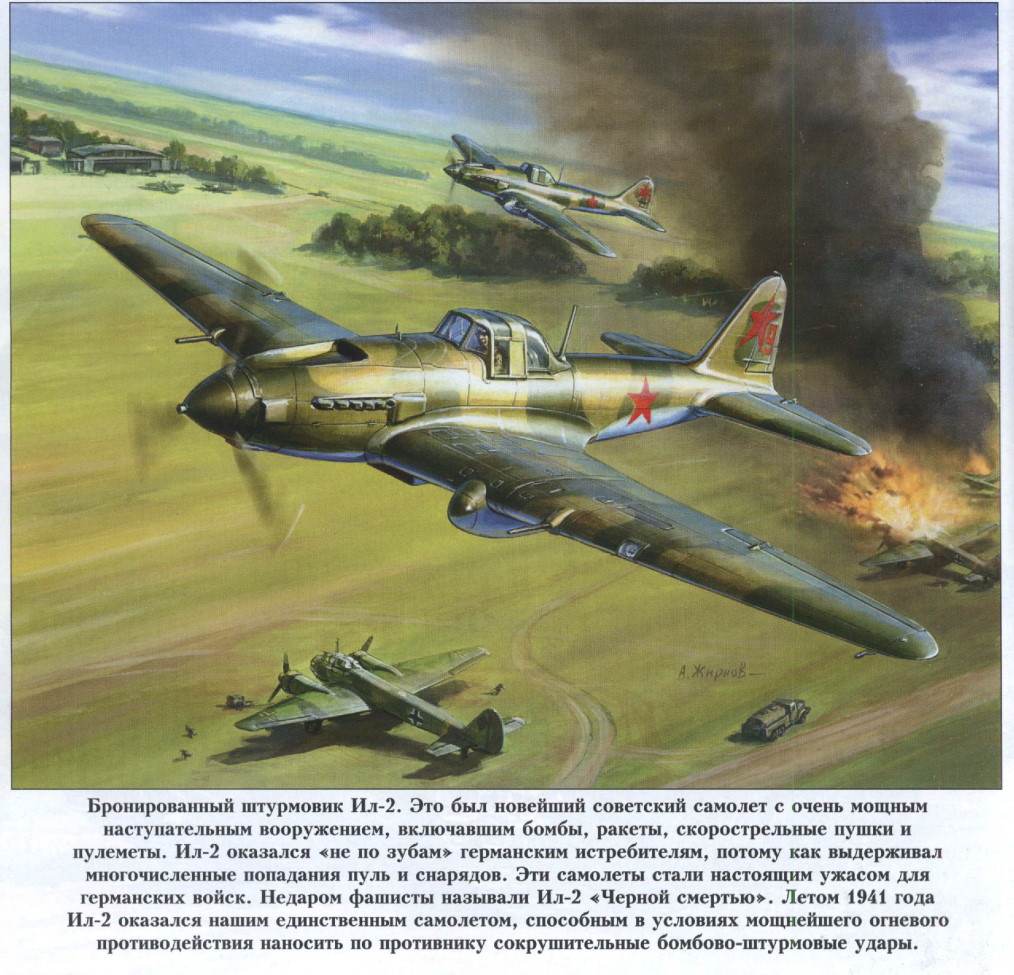
Despite all the drama, despite all the consequences, this
was not the turn of the tide for the Second World War as a whole. The overall
reversal of fortunes, which had already begun in the winter of 1941–2 and which
can be tracked particularly closely on the Eastern Front, was, rather, a
dynamic process. The Soviet odds of victory shortened as the German odds
lengthened. Nevertheless, many contemporaries felt that the battle for
Stalingrad was the turning point of the war, because the slow, torturous, and
ultimately pointless extinction of the entire Sixth Army took on a tremendously
powerful symbolic value. According to a secret service report, the Germans were
‘profoundly disturbed’. Germany’s partners began to reconsider their role, and
hope grew for the Allies. At that point, the Greater German Reich still held
sway over almost all of Europe, at least on the map. The northern and central
sections of the Eastern Front, where a grinding but inconclusive war of
attrition was being waged, still seemed comparatively secure. But in the south
there now yawned an enormous gap that threatened to widen ever further, and nor
was that the only crack in ‘Fortress Europe’. Around the Mediterranean, the
Allies had succeeded in doing precisely what the Germans had tried to prevent:
they had launched a Western offensive. The British had won at El Alamein (23
October to 4 November 1942), and Allied troops had landed in Morocco and
Algeria (7–8 November 1942). All at once, the collapse of the German empire
seemed close at hand.
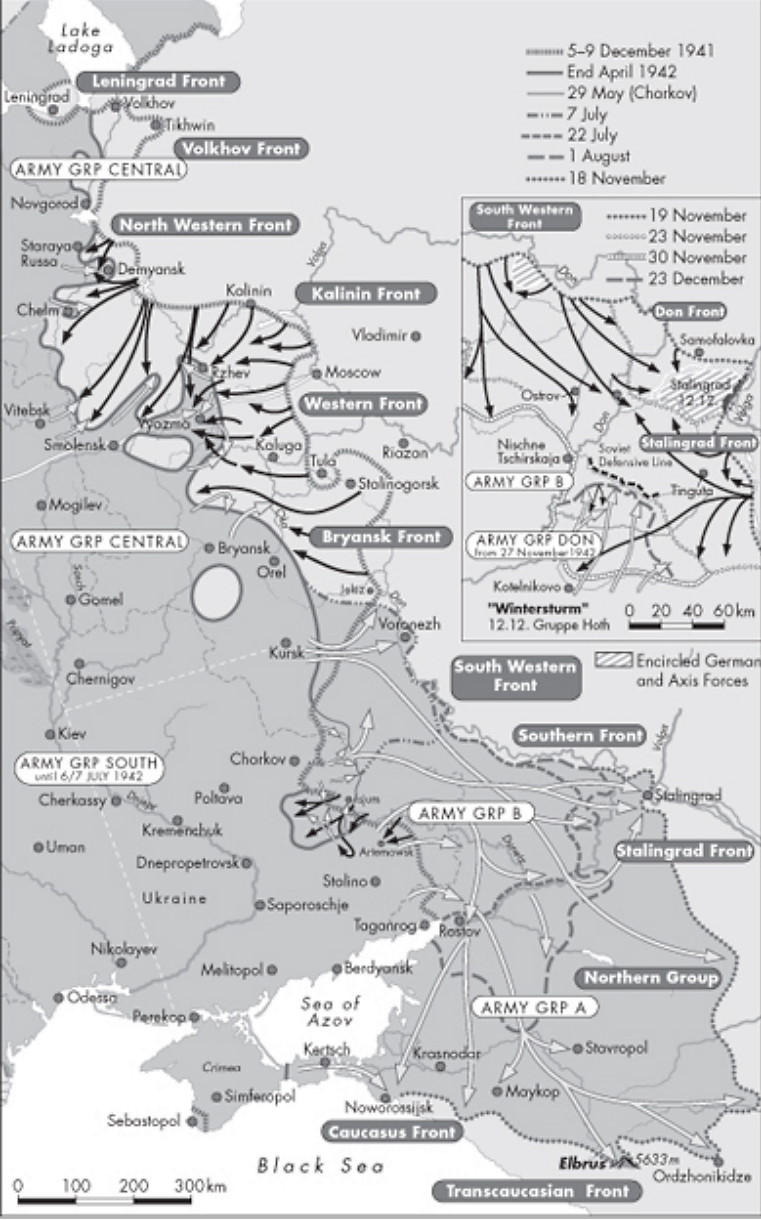
Map: The Eastern Front in 1942
The war from below: soldiers and civilians
Every war demands blood, sweat, and tears from its
participants. To bear that in mind is anything but banal—it is, if nothing
else, a moral necessity. Moreover, that reflection gives an idea of the
conditions under which war is actually fought. Nevertheless, like every
military undertaking, the German–Soviet War had its own unique
characteristics—its extreme radicalization, for instance, which was something
felt first by those at the bottom of the military pyramid.
Given the extent to which the war was shaped by wider
factors such as the landscape and the weather, it was by no means rare for the
experiences of the German troops to resemble those of the Soviets. Their
letters, diaries, and memoirs habitually circle around a few central subjects:
the unimaginable strain of war, but also the anecdotes derived from it; the
exhilaration of battle, of victory, and adventure; the deeply felt comradeship
that allowed them to endure more than seems possible; the humiliations at the
hands of the military apparatus, but also its protective function; the killing
and being killed; the loss of close friends and the resultant guilt; and
finally apathy, despair, and naked fear. In these conditions, the soldier’s
life was concentrated for long stretches of time solely on surviving the day or
on the microcosm of his unit. Everything else seemed secondary by comparison.
For that reason if no other, soldiers had no sense of ‘the big picture’ and
knew little or nothing about what their Commanders-in-Chief really wanted. ‘We
only see our little section of the front,’ wrote a lance-corporal in January
1943, ‘and don’t know what’s being planned on a larger scale’.
That is not to say that the deployment of these soldiers was
without political implications or that they were indifferent to the military,
political, and ideological superstructure of the war. On both sides, it was not
unusual to fight with an extraordinary, almost religious devotion, not least
because both believed themselves to have right on their side. On one side: the propaganda
lie of a preventative strike; on the other: an appeal for unconditional
dedication in the defence of the homeland. A Soviet recruit in January 1943
revealed that he had ‘only a single thought: to become a marksman and destroy
the fascists as quickly as possible, so that we can live happy and free again
and see our dear mothers, sisters and girlfriends’. There is what reads almost
like a direct response in a letter sent home from the Eastern Front in November
1944 by a young German Red Cross nurse: the war would be lost ‘only in the
moment in which we lay down our weapons. As long as a corner of Germany is
still free of the enemy, I will not believe that history has sentenced my
people to death.’
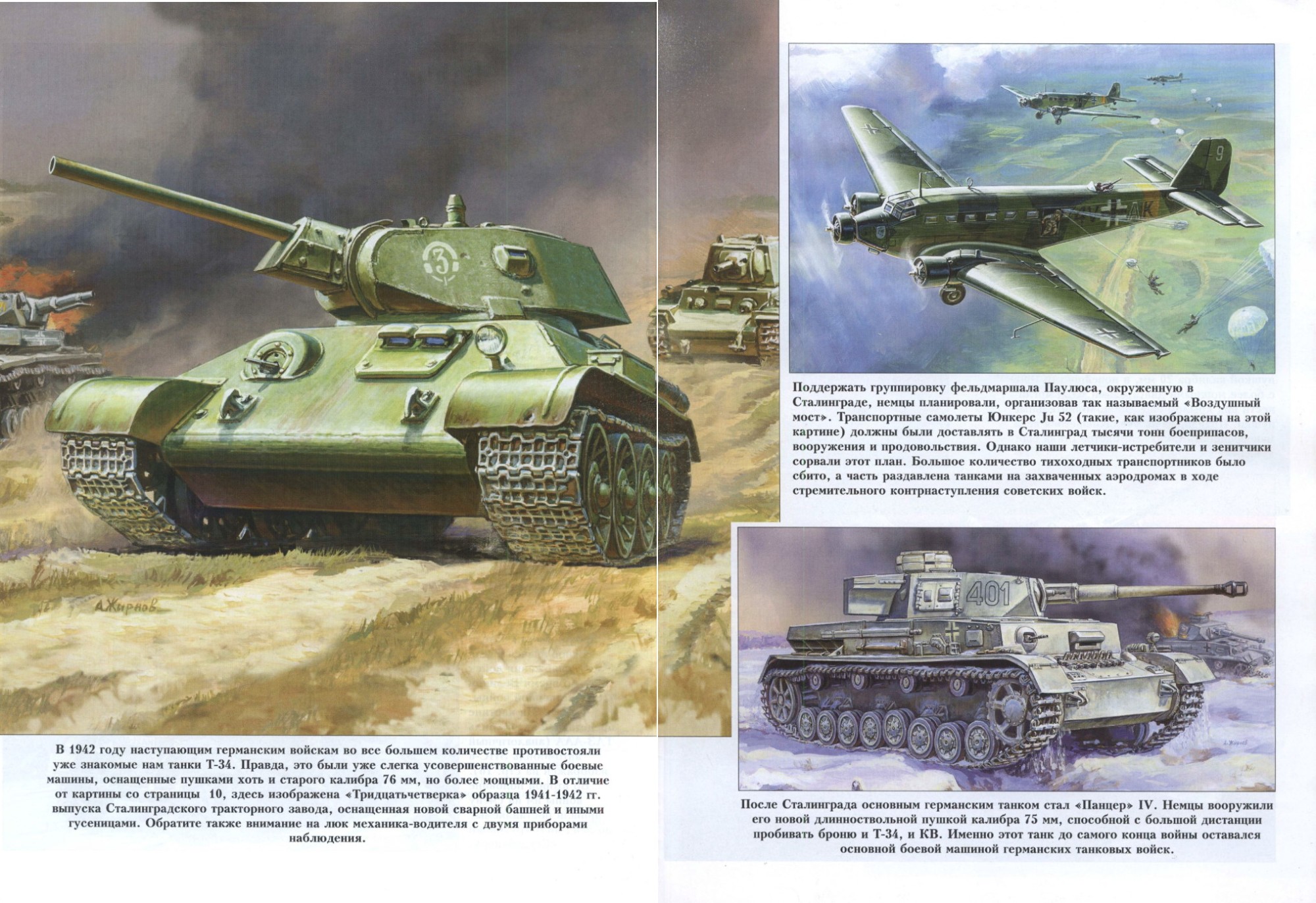
But nothing could be less accurate than explaining the
position the soldiers were in and the actions they took solely with regard to
their personal convictions. These were overwhelmingly determined by something
else. Dirty, obedient, and overstrained, the troops felt hopelessly at the
mercy of the war and of a vast system of labour division that was built on
orders and submission, for which nothing counted but military rationale. It is
unquestionable that individuals also had a degree of personal responsibility
within this system. Sometimes this responsibility was large—as a result of a
situation, of a mission, or simply because of their military rank. But it was
far more common that individuals had little opportunity to voice their opinions
or to take decisions. Most soldiers were in subaltern posts or performing
subaltern functions, and their responsibility for what occurred remained
correspondingly limited. It was this context that shaped their thinking and
their actions more than anything else.
Contrary to widely held opinion, neither fighting nor war
crimes were constant on the Eastern Front. The soldiers’ everyday life was
characterized by comparatively uneventful experiences: endless transports or
marches; digging into positions or searching for something to eat, for
somewhere to rest, or for a little privacy; keeping watch at distant posts;
receiving orders; going on trips to the field hospital or even just waiting
around for something to happen. This was then repeatedly interrupted by phases
of drama and intensity in which much could be decided in the briefest
time—one’s own fate, that of the enemy, and also that of the civilian
population. In fact, the military events proper were relatively unlikely to
result in war crimes. Although battle was dynamic and necessarily characterized
by both contact with the Soviets and a destabilizing unpredictability that
could potentially lead to war crimes, these operations were nevertheless
focused on engagement with a military enemy, and so the violence at least
possessed a certain symmetry and equality. During periods of fighting, the
individual soldiers were also borne by forces beyond their control. The
situation was quite different once the battle had moved on; it was then that
individual responsibility came to the fore. It is no coincidence that most of
the crimes committed during the war took place far behind the front line.
These were not the only similarities in the daily existences
of the German Landsers and the Red Army troops. Both learnt a new toughness and
a huge capacity for suffering, another reason why they gave so little ground in
battle. Both armies also bore an enormous weight of expectation from their
supreme political and military commanders, whose all-too-often amateurish
leadership did precious little to offset. Typical of the Wehrmacht as of the Red
Army was a close consensus between the front and homeland, as was a fear of the
enemy that made it impossible for many soldiers to imagine ‘opting out’ of the
war. Indeed, desertion or captivity brought with them the grave dangers of
being caught between two totalitarian dictatorships. Prisoners of war often
ended up in places with a striking similarity to concentration or even death
camps.
Of course, there were differences as well as similarities
between the two sets of troops. Their behaviour bears the imprint of the
different systems under which they operated. One cause of the Germans’ initial
military success was surely the fact that the German soldiers, at least when it
came to military tasks, were accorded a relatively high degree of autonomy. The
bleaker the outlook became, however, the more extensive became Hitler’s mania
for control. In the Red Army, an opposite development can be traced, eventually
resulting in what was almost an emancipation of the troops. Almost, because, on
the whole, the Soviet Union handled its soldiers with an unimaginable
indifference to human life; no army ‘liquidated’ so many of its own troops as
the Red Army. When it comes to the war crimes of the Wehrmacht and the Red
Army, there, too, the differences weigh more heavily than the undoubted
similarities, something rapidly borne out by a closer analysis of the
mentalities and reasoning behind these crimes, as well as of their scale.
Finally, the two sides’ military positions developed in opposite directions.
While the German soldiers’ lot continually worsened, the overwhelming
experience of victory ameliorated some, though certainly not all, of what their
Soviet opponents suffered.
At the end of the day, those who took part in this war did,
after all, have one thing in common: those who survived the war would never
forget it.
1943: the turn of the tide
Stalingrad, the great battle that raged as 1942 became 1943,
was a historical caesura, and for many contemporaries it was also a powerful
symbol, but one thing it was not was a mortal blow to the German military. Even
after the capitulation of the German Sixth Army (which was drawn out from 31
January to 2 February 1943), the war continued. This was because the Red Army
substantially failed to exploit the crisis on the southern flank of the German
front. In February 1943, there was suddenly a 300-kilometre-wide gap stretching
across that front, and a Soviet advance to the Black Sea seemed likely, in the
direction of Rostov. This ‘super-Stalingrad’ would have destroyed the German
Army Group Don while simultaneously cutting off Army Group A, which was still
fighting in the Caucasus. It was only a counterattack led by Field Marshal
Erich von Manstein, who took the strategic risk of allowing the Soviets to
advance beyond their lines of supply before engaging them, that prevented a
complete collapse of the southern section of the front. In truth, it was a
military miracle; the Soviet units freed up by their victory in the Battle of
Stalingrad outnumbered their German opponents by seven to one. Nevertheless, in
the battles around Dnipropetrovsk and Kharkov, the Wehrmacht and Waffen-SS won
the last German victories in the East, managing to patch the front into a kind
of stability before the onset of spring brought impassable mud and the opportunity
for some rest.
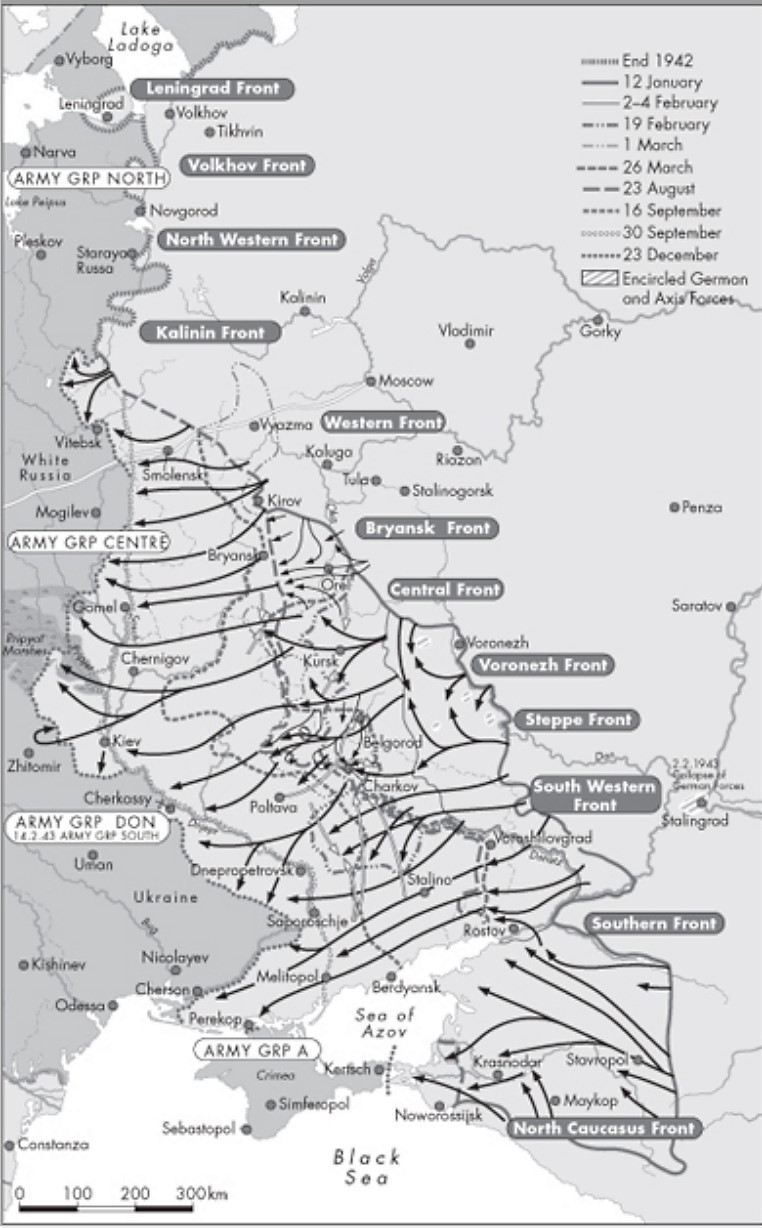
Map: The Eastern Front in 1943
The German leadership was unwilling to draw any political
conclusions from this—or even military ones. Instead of working towards a
long-term consolidation of the Eastern Front—which would have required, in
particular, a shift to mobile, defensive tactics and the building-up of
reserves—Hitler, along with a whole series of advisers, decided literally to
pulverize his own military resources in another large-scale offensive. The idea
was to use a pincer movement to cut off the outward bulge of the Soviet front
at Kursk, where it had expanded westwards into the join between the German Army
Groups Centre and South. But the problems were already starting to multiply
during preparations for Operation Citadel, for it seems likely that politics
and propaganda rather than military rationale were again the guiding
principles. Again, far too much time passed in the planning, and, worse, the
Soviet side knew all about it in advance. ‘Every valley is bursting with
artillery and infantry,’ a Soviet officer noted in his diary. On 5 July 1943,
the Germans began their assault on the well-fortified Soviet positions, but had
to call it off only eight days later, at the climax of the battle. After a
Soviet relief offensive in the Donets Basin and the Anglo-American landings in
Sicily, a German offensive on this scale was no longer possible. What remained
was something that has gone into the history books as ‘the largest ever tank
battle’: 2,900 German tanks fought 5,000 Soviet ones. ‘The air roars, the earth
shakes, you think your heart is going to shatter in your chest and tear you
open,’ was how one Red Army soldier described the experience. Kursk was a
battle of numbers, one that in its dimensions and strategies was reminiscent of
the First World War, the difference being that it was fought with Second World
War technology. The losses were accordingly high. In the eight days of their
offensive, the Germans lost 57,000 men, of whom 15,000 were killed, and their
opponents lost 70,000 men killed, missing, or taken prisoner. The losses during
the operations connected to the battle around Kursk were higher still. By the
end of August, 170,000 Germans had been killed, wounded, or gone missing in
action, and the equivalent losses on the Soviet side are also estimated in the
hundreds of thousands.
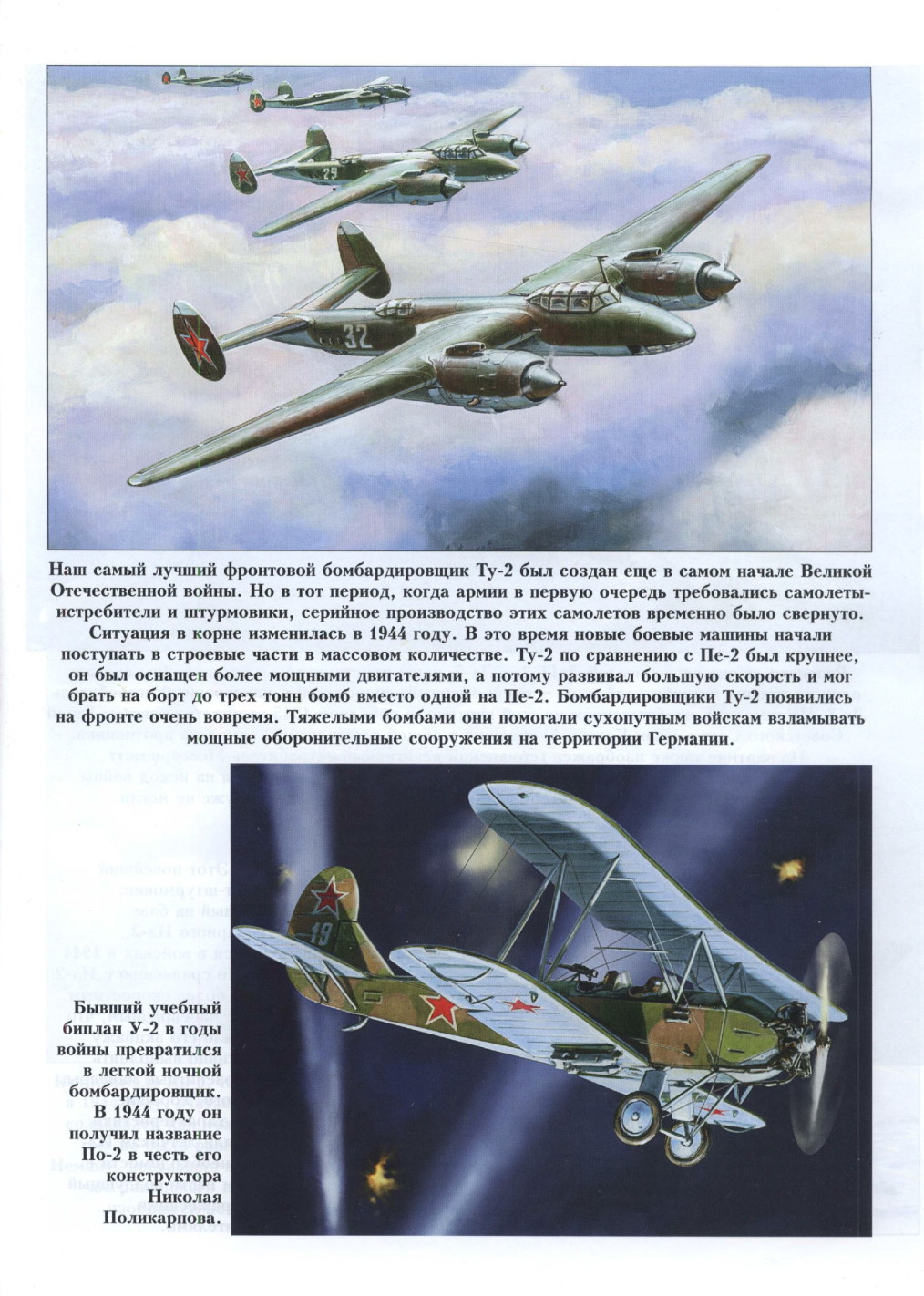
With that the German leadership had again thrown away
everything that it had managed to gather for that year: reserves, material, the
new heavy panzers, time, and—what will have been most sorely missed—the
initiative. The tank battle ended not with the German conquest of Kursk, but
with the liberation of Kharkov and Orel by the Red Army. After that, the
southern and to a certain extent also the central section of the German front
could no longer be held. In the second half of 1943, the Red Army was able to
push the Wehrmacht step by step back towards the West; daily retreats of
between 10 and 20 kilometres were no rarity. But at that point the Soviet
armies still did not manage really to engage and destroy their opponents. What
they gained in lieu were ever greater swathes of territory, including such
cities as Kiev and Smolensk, as well as a number of bridgeheads on the western
bank of the Dnieper, which the Wehrmacht had actually been supposed to use as a
defensible natural barrier. In other words, by the end of 1943, the Red Army
had not managed to drive the German occupiers out of the Soviet Union entirely,
but there could no longer be any doubt that precisely that was about to occur.
It was now only a question of when and of what would happen afterwards.
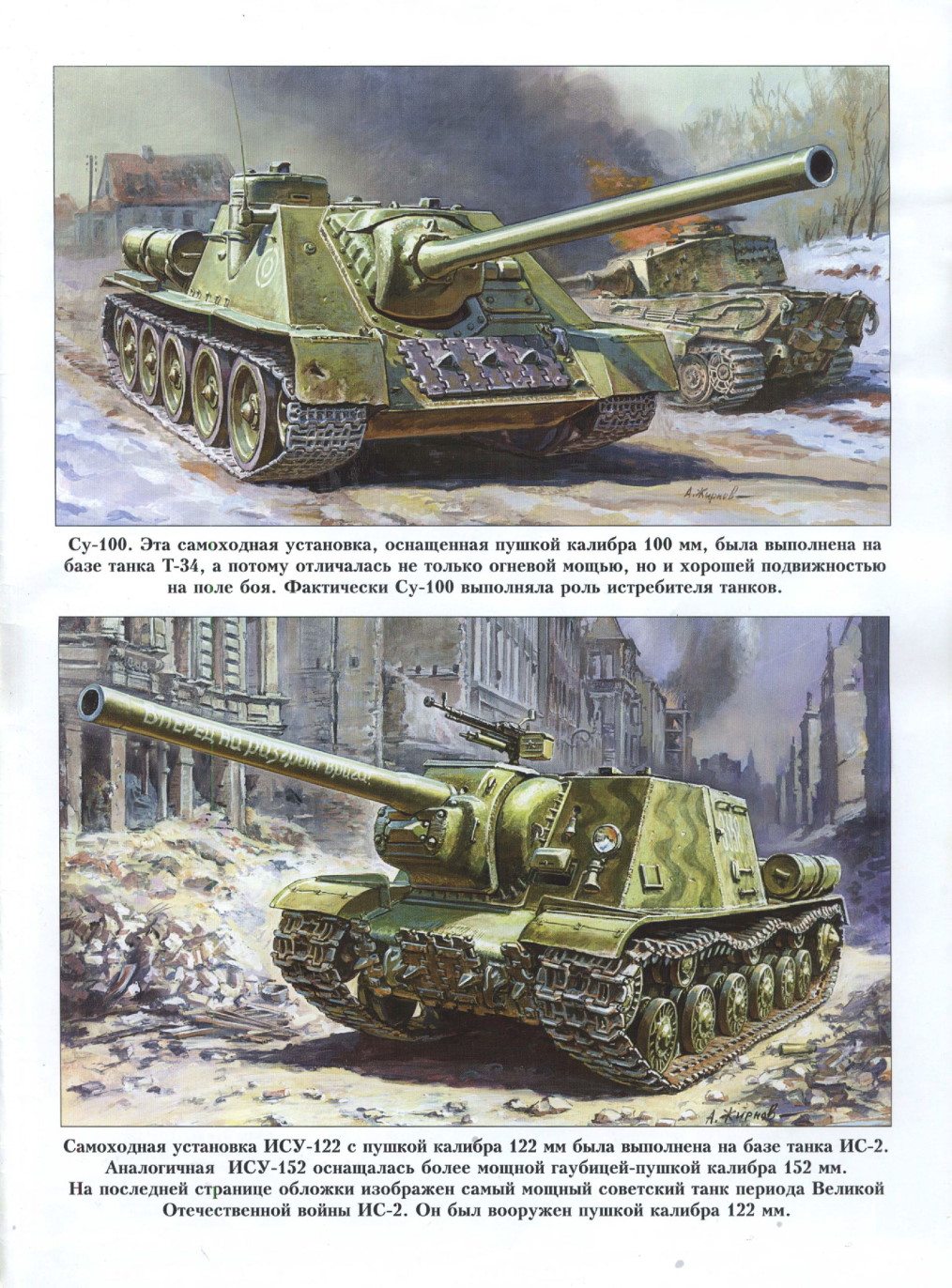
1944: the collapse of the Eastern Front
Soviet propaganda afterwards referred to 1944 as the ‘year
of ten victories’. This a somewhat contrived claim—and it has been repeatedly
criticized ever since, quite rightly. Reference to one Soviet victory in
particular should, in any case, have been enough. Operation Bagration began on
22 June 1944. In a few short days, this onslaught of more than 2.5 million
Soviet troops, supported by more than 45,000 mortars and heavy guns, 6,000
tanks, and 8,000 aeroplanes, destroyed the entire German Army Group Centre.
Consisting of 500,000 men with 3,200 heavy guns, 670 tanks, and 600 aeroplanes,
its position had been hopeless from the start. ‘Our troops storm forwards like
a mighty torrent that bursts over all barriers, sweeps away all obstacles and
washes a wide area clean of dirt and muck,’ wrote a Soviet war correspondent.
For the other side, it was one single inferno. A German artillery officer
reported that the impacts of the Soviet shells and bombs had come so close
together that explosions, smoke, and fountains of earth had prevented them from
seeing anything at all. Operation Bagration became by some distance the
heaviest of all German defeats, a defeat involving such comprehensive losses
that the memory of it was long overshadowed by that of the Battle of
Stalingrad, for the simple reason that there were so few left on the German
side to describe the destruction that Bagration had wrought. Although thousands
of isolated German troops managed, after personal odysseys sometimes lasting
several weeks, to fight their way back to their own lines, the ranks of
eyewitnesses were extremely thin, at least in Germany. The Army Group Centre
had lost 400,000 men dead or captured—that is, 32 of its 40 divisions.
The opportunities that now presented themselves to the
victorious, vastly superior Soviet armies were correspondingly extensive.
Advancing right into the heart of the German Reich and ending the war in 1944
seemed thoroughly realistic. The Soviet leadership, however, was half-hearted
in capitalizing on the situation. The Red Army instead halted on the borders of
East Prussia and on the eastern bank of the River Vistula, in the suburbs of
Warsaw. The Soviet soldiers in Poland watched, their guns lying idle, while the
Polish Home Army’s improvised uprising was miserably crushed. In August and
September 1944, the Soviet advance on the borders of the Reich came to a
complete stop. There are a number of reasons why this happened. In the case of
Warsaw, the motives for not engaging the Germans were transparently political.
The losses and efforts of the previous months were also an important factor, as
were the overextended lines of supply and communication and also the way that
discipline had sharply deteriorated among the units that had already marched
onto German soil. However, another consideration weighed far more heavily than
these: the Soviet military commanders were still extremely wary of their German
opponents. That they were not invincible had long been established, but the
Soviets had experienced again and again in the previous winters that the
Wehrmacht had an astonishing capacity for regeneration. At that point, in
summer 1944, that capacity had finally been exhausted. Nonetheless, the idea of
the Germans’ almost uncanny military abilities, the ‘Wehrmacht Myth’, was to
exert its influence one last time. That was why the Soviet leadership lacked
the courage and decisiveness to take advantage of this unprecedentedly
opportune position and strike Nazi Germany a final, fatal blow by seizing the
Reich’s almost undefended capital city. This trepidation should not diminish
the significance of the victories that the Red Army did win in 1944. That was
the year in which German occupation ended throughout the Soviet Union,
something achieved largely through Operation Bagration.
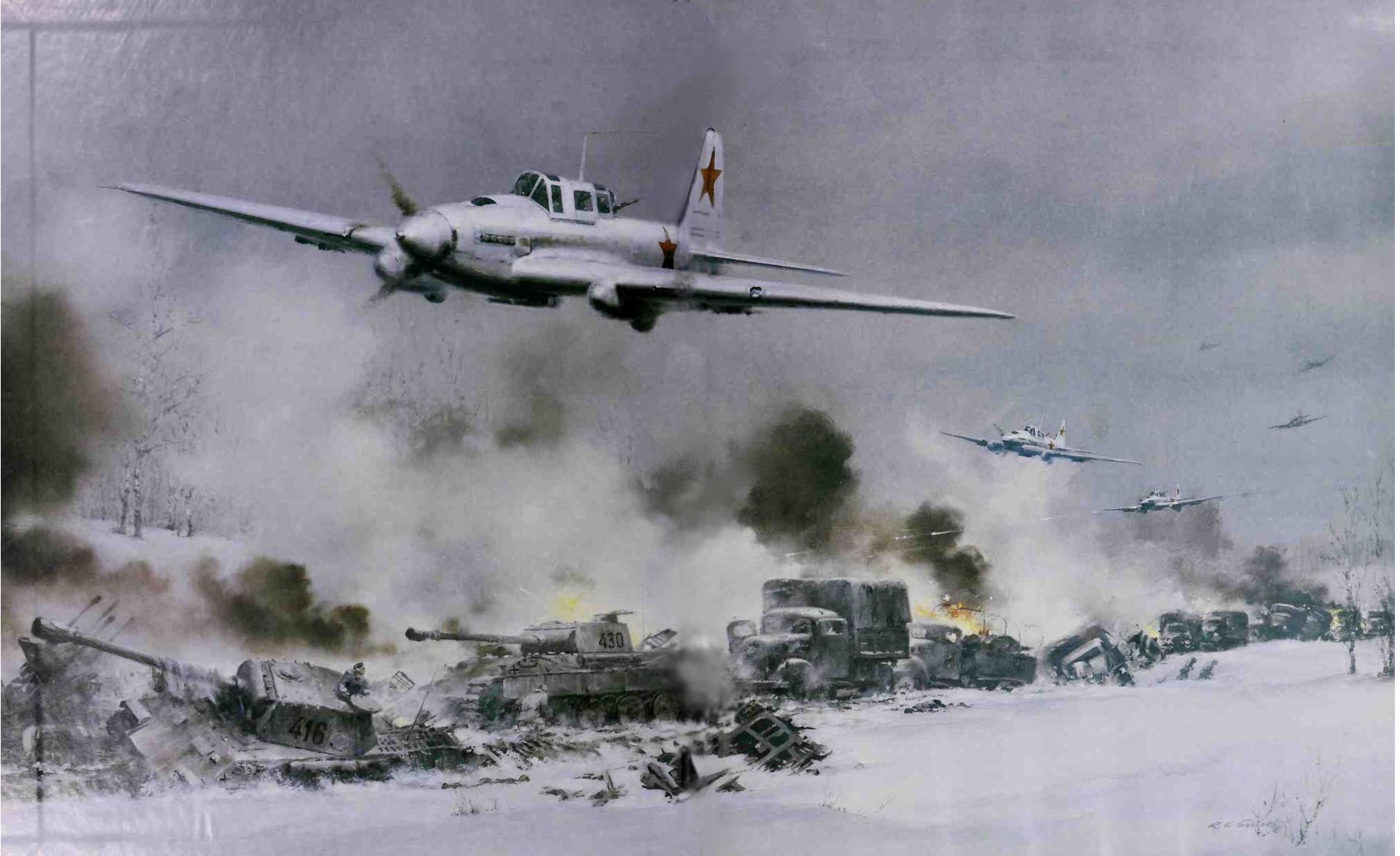
The course of the war ran parallel in the northern and
southern sections of the German–Soviet front. Between 14 and 27 January, 1.2
million Soviet soldiers broke through the German blockade to the east of
Leningrad. In that moment, the isolated metropolis’s slow martyrdom came to an
end after 880 days of encirclement, by some distance the longest siege that a
modern city has had to withstand. On the evening of 27 January, 324 guns fired
a salute over the Neva. In the following weeks, the German front was pushed
back to the area east of Estonia and Latvia. These were areas where the Red
Army was no long arriving simply as liberator. By the end of the year, the
Soviets had reoccupied the Baltic states with the exception of the western part
of Latvia, where the remaining German forces, still 500,000 men, were to hole
up as Army Group Kurland until the end of the war.
The Soviet troops gained even more ground in the south. By
as early as spring 1944, they had managed to push the collapsing German units
in the Ukraine back for more than 300 kilometres. The German troops were
repeatedly encircled and, if they were not completely destroyed, often used the
last of their strength to break out again towards the West. The events in the
Crimea took on an even more dramatic aspect. The peninsula had become a trap
for its German occupiers after Hitler had obstinately refused to withdraw them
in time. The Soviet assault that began on 8 April could not be resisted for
long. Of the 230,000 German and Romanian soldiers, 60,000 died there while the
other 150,000 were rescued in boats, under what were generally apocalyptic
conditions. This is just another example of the catastrophic consequences for the
German military of Hitler’s insistence on having operational command. After
that, the Red Army could not be stopped in the south either. Soviet troops
mounted a major assault on 20 August against Army Group Southern Ukraine and
thereafter occupied a number of territories in quick succession, first Romania,
then the eastern part of Hungary, and, by the middle of October, also Bulgaria,
which had, of course, not actually been at war with the Soviet Union. The
Balkans started to become Soviet.
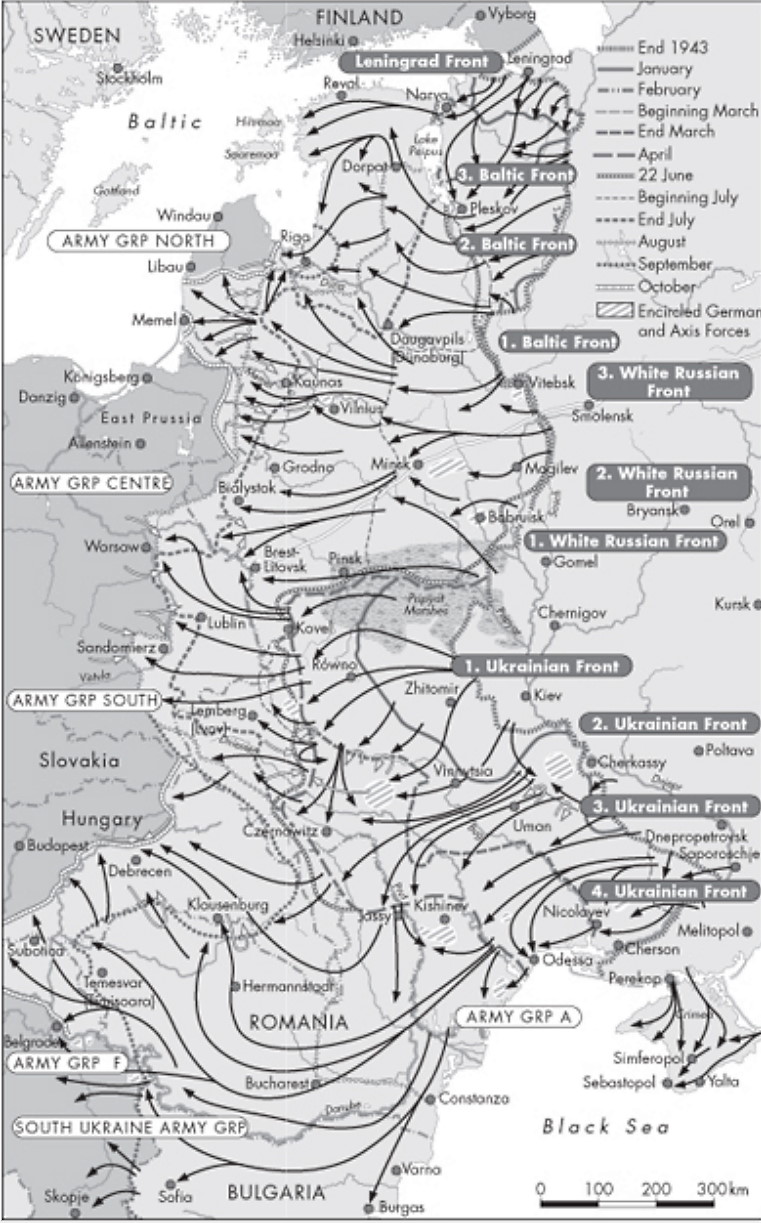
Map: The Eastern Front in 1944
Hitler’s almost hallucinatory fixations were not in the
least affected by these developments. Untouched by this cascade of defeats, he
informed his officers in December 1944 that the enemy could ‘never count on
capitulation, never, never’. How many Germans at that point were still
following him out of conviction, how many out of habit, out of coercion, or out
of fear of the ‘Bolshevik hordes’, is hard to estimate. What is certain is that
the mentality of the German populace began to change fundamentally in the light
of the momentous events being reported by the military. Also certain is that
the increasing domestic brutality of the Nazi regime prevented this shift in
mentality from being communicated to the outside world. In the end, only one
course of action seemed open to either side: carrying on as before.
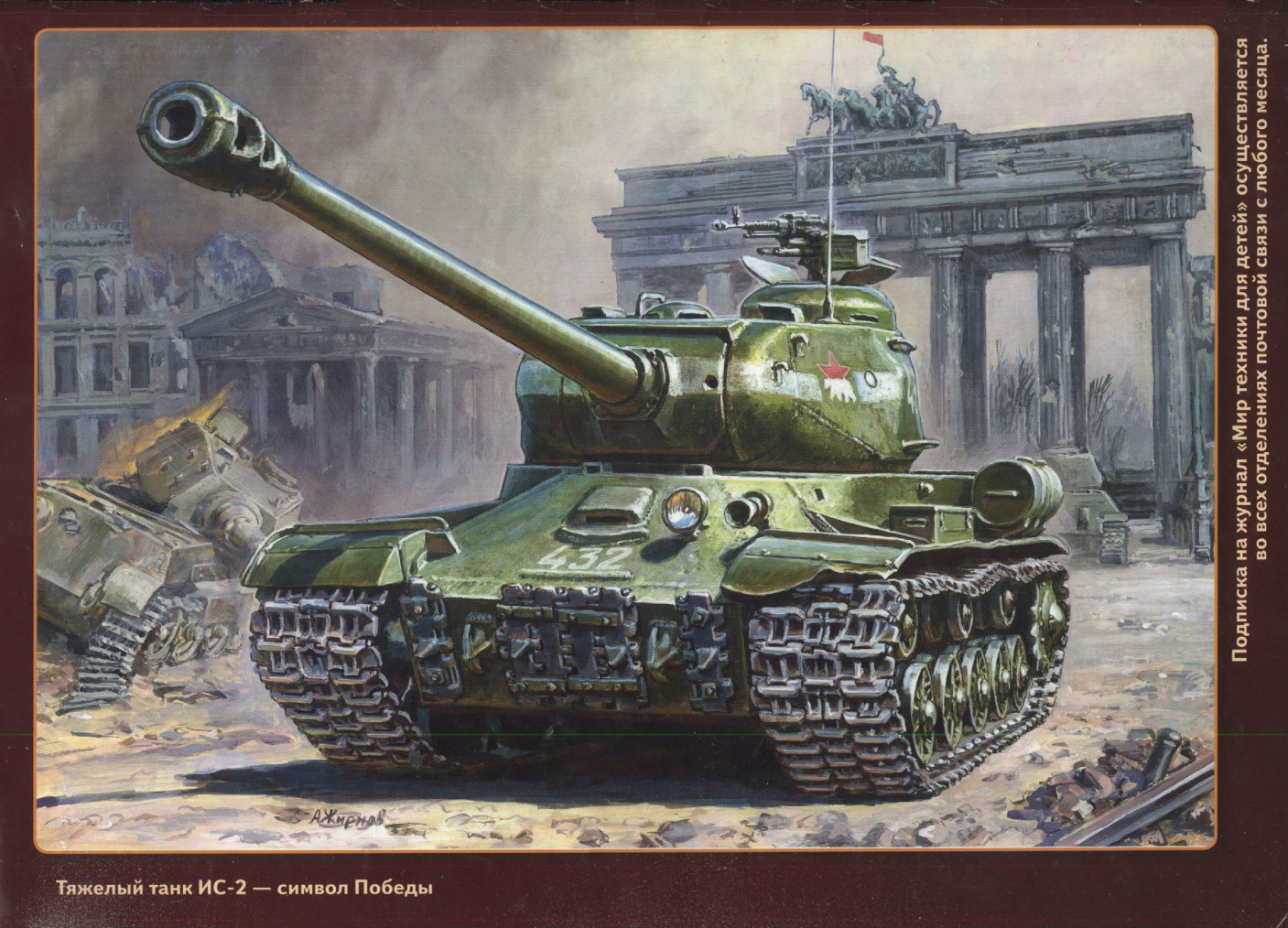
1945: the Soviet victory
The German–Soviet war did not run out of momentum, its
armies did not tire of the struggle, and it was not decided, as in the final
phase of a game of chess, by a few brilliant moves. Instead, the intensity of
this ruinous, brutal, and merciless fight for existence stayed constant
throughout its final days, and hundreds of thousands continued to go to their
deaths. Only when there was literally nothing left to fight over, when almost
all of Germany, right down to the Command Headquarters, had been occupied and
Hitler himself had finally abdicated responsibility by means of suicide (30
April 1945), only then did the shooting stop.
The Red Army initiated this final act between 12 and 14
January by mounting an unstoppable offensive along the great curve of the
Vistula. Their numerical superiority was again overwhelming, not least because
Hitler had thrown the last German reserves—even at this late stage still
numbering seven Armoured and fourteen Infantry Divisions—into action on the
Western Front, where they staged a strategically pointless and militarily
futile operation in the Ardennes (16 December 1944 to 21 January 1945). The Soviet
side could not be seriously resisted; in only two weeks, the entire mass of
soldiers, equipment, and weapons was able to advance another 300 kilometres
west. ‘The whole frontline is a sea of flames’ was the impression of one Soviet
artillerist. By the start of February 1945, the Soviet front was pushing into
the Reich like an enormous spearhead; in central Germany, it was already at the
Oder, fewer than a hundred kilometres from Berlin itself. But the attackers,
too, had now temporarily expended much of their force, and there was a lull
while they had gathered themselves for the final assault. Moreover, the battles
raging to the sides of this giant spearhead had not yet burnt out—in Pomerania,
they continued into March, in East Prussia and Silesia even into April. Another
military crux point had formed on the Hungarian plains. Here, too, the Red Army
was victorious. Budapest, which had fortified itself and defied the attackers
for two months, fell on 11 February, followed on the 13 April by Vienna.
The war eventually ended in the place where it had been
planned, in Berlin. Hitler was able to bring his idea of collective suicide to
its conclusion with a ‘final battle’ for the Reich’s capital. His influence on
military decisions was evident to the last. He set himself up for a last stand
in Berlin, the centre of the Reich, a metropolis in which almost three million
people were still living, around two million of them women. The Soviet storm
broke on 16 April 1945. Again there was very bitter fighting, especially on the
Seelow Heights, where the German defenders initially managed to bring the
Soviet shock troops to a standstill. But that was merely a short delay. A week
later, Berlin was encircled. What followed was a disaster, a renewed orgy of
killing that extended for another fortnight. ‘Berlin is burning, there are only
ruins left, there are weeping men and women walking on the roads to the East.
So what, let them weep, after all they’ve had four years to laugh in,’ wrote a
Soviet artillery officer. In the smashed houses, ruins, and cellars of the
dying city, the fighting ended only when the soldiers of the Red Army had
fought their way into the centre of power and then down into the subterranean
bunkers of the Reich Chancellery. After the signing of the German capitulation
in the night between 8 and 9 May—in an officers’ casino in the former school
for sappers in Berlin Karlshorst—the guns finally fell silent.
The German’s Reich’s attempt, as reckless as it had been
criminal, to subjugate the European continent and become a global power had
ended in its own total ruin. Germany was occupied, the Nazi state demolished,
Europe laid waste. The storming of Berlin alone had cost the lives of another
350,000 Soviet soldiers, 100,000 German soldiers, and an estimated 150,000
civilians. The centre of the Reich’s capital city was 70 per cent destroyed;
eyewitnesses described kilometre-long stretches of smoking rubble in which
nothing had been left habitable. Nor was it by any means the only German city
that the war reduced to this condition. All that was left of Hitler, who had
first conceived Operation Barbarossa and then driven it onwards like no one
else, were a few charcoaled bits of corpse, heaped together and thrown into a
shell crater outside the bullet-riddled Reich Chancellery.
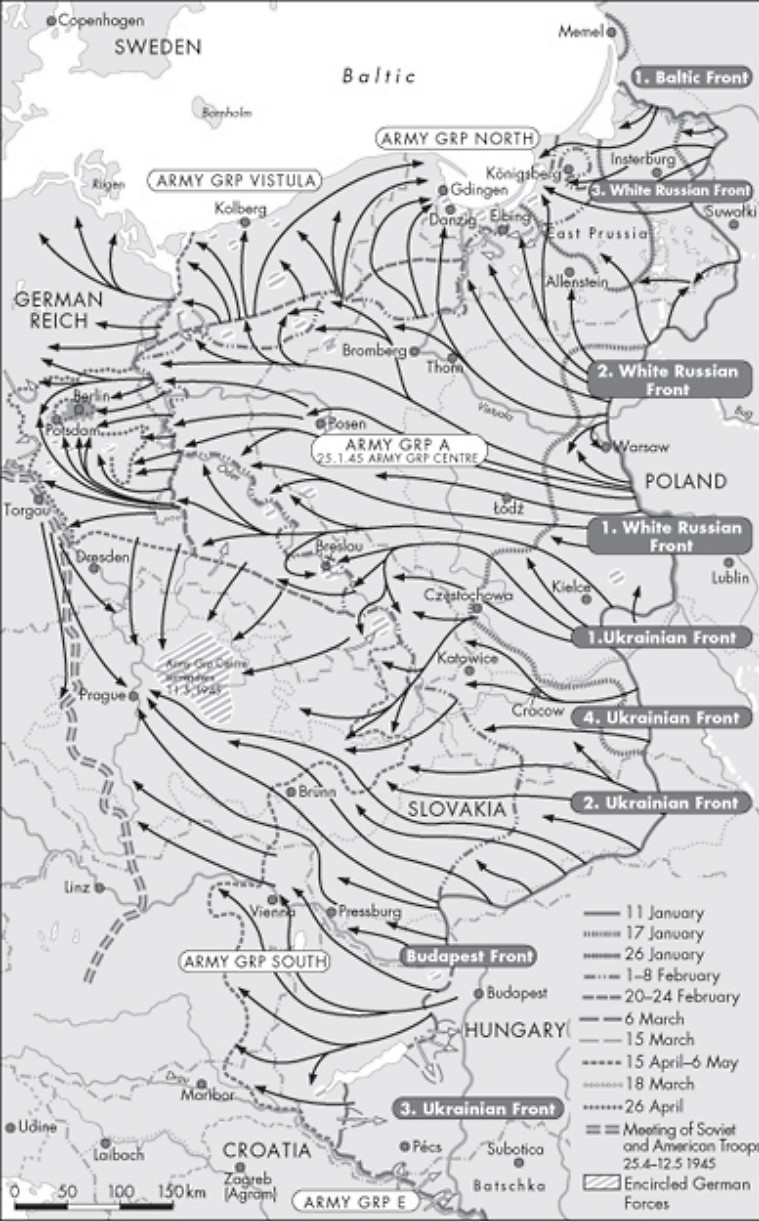
Map: The Eastern Front in 1945
A military reckoning
Why did the German Reich lose this war? Why did the Soviet
Union, in the archaic but precisely accurate formulation of one German general,
become ‘an agent of fate’ for the Wehrmacht? Historians can make it easy for themselves
and point to the overwhelming superiority in men and resources at the disposal
of the vast Soviet empire. But the reality of war is far more than a simple
matter of arithmetic and statistics. In the first weeks of the war in the East,
there were moments when it was not at all certain which way the scales would
tip. That applies particularly to the period of June and July 1941, which
Andreas Hillgruber has rightly described as the ‘zenith of the Second World
War’. At that point, the Japanese High Command was seriously considering
whether to catch the Soviet Union with a second pincer from the East. On 2 July
1941, the Japanese leaders decided to concentrate on the South-East Asian
theatre instead. Whether the Soviet Union could have resisted a Japanese
assault at that moment is highly doubtful.
Moreover, the Wehrmacht had already proved more than once
how quickly it could deal with numerically superior opponents, even in
difficult conditions. For instance, in the Balkan campaign, which many military
officials at the time had considered a sort of dress rehearsal for Barbarossa,
it was the precise combination of military professionalism and technological
modernity, of speed, ideological dynamism, and totalitarian rigour that made
the German Army so successful and so dangerous. Why, then, did it founder in
the Soviet Union? Was it really only the weather—that they invaded too late in
the year—or even just that the distances involved were on such a different
scale?
In a military analysis, the obvious place to begin is at the
top, with the High Command. As Commanders-in-Chief, both Hitler and, to an even
greater extent, Stalin were complete amateurs. That did not prevent either from
trying his hand as field marshal. Sometimes they made the right decisions,
sometimes of course they had no option but to make the decision they did, but
on other occasions they came to conclusions that—without taking the ideological
dimension into account—could not have been more wrong, the most glaring example
being the senseless and costly doctrine of holding military positions at any
price. ‘Is this common lack of wit and inspiration any wonder?’, reflected
Hellmuth Stieff (a major and later one of the 20 July conspirators, in January
1942), in the light of this style of command. Put simply, these two
commanders-in-chief could do whatever they wanted, even when it came to the
sensitive business of military management. In this, there was one telling
difference between the two sides, in that the Soviet Union’s resources meant that
it could allow itself many more command errors than the German Reich.
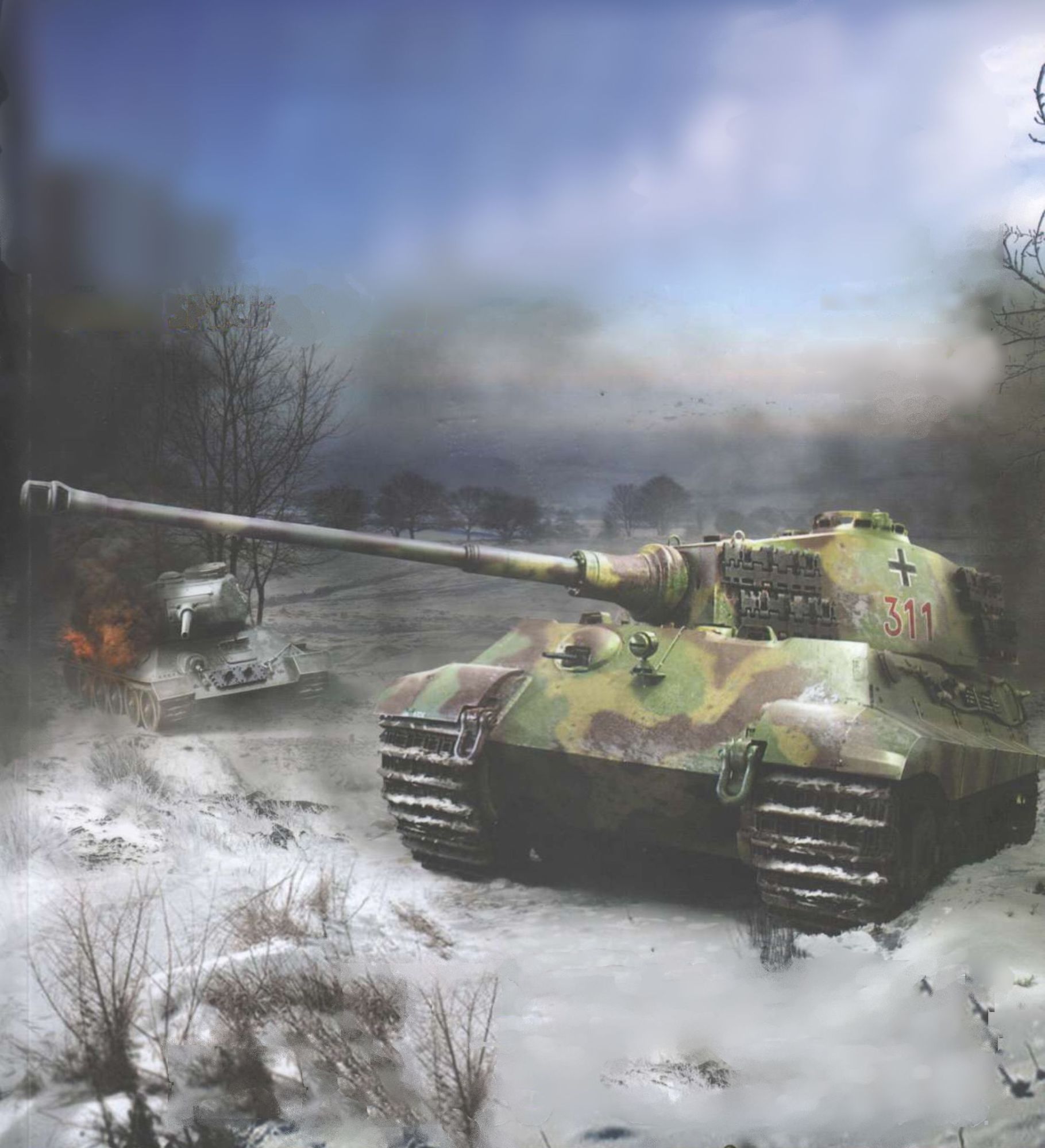
It is also striking how poorly the German side had prepared
for Operation Barbarossa. Everything was lacking: knowledge of the enemy,
provisions, the correct weapons and equipment, stocks of fuel, ammunition, and
spare parts and, above all, proper planning of the operation itself. This was
not the fault solely of the upper echelons of the German military. Their fault
was, rather, that they offered too little resistance to Hitler’s demands and
that they placed their hope in ‘military logic’ reasserting itself once things
were underway. This was particularly evident in the overall strategy of the
German campaign. The frontal offensive by three Army Groups was nothing better
than a compromise between the notions put forward by Hitler, whose aims were
primarily economic or ideological, and those of the German military leadership.
To them it was clear that in this case, as in all others, Clausewitz’s famous
maxims must apply: an offensive operation can never be too strong, and it must
be directed at a single, decisive point. No single point seemed to present
itself quite so well as Moscow, the heart and brain of the Soviet empire.
Instead, however, of concentrating the numerically inferior German offensive
forces on this (or at least on some other) single goal, the Army Groups were
pulled wide apart and distributed along a broad front. ‘A strategy without a
focal point is like a man without a character,’ General Field Marshal Paul von
Hindenburg once wrote. He knew what he was talking about.
There is another striking difference between the German and
Soviet leaderships. While the Soviet Armed Forces were kept under almost
prison-like control by the Stalinist apparatus, they gained an increasing
freedom of action during the course of the war, albeit within the parameters of
Stalin’s dictatorship. The reverse happened to their German opponents, who were
subjected ever more closely to Hitler’s mania of control. Ultimately, it made
its presence felt at every level of the Army. ‘There are actually only two
possibilities,’ wrote a German soldier towards the end of the war, ‘death from
an enemy bullet or from the henchmen of the SS’. That description is very
similar to the conditions in which the Red Army had been living in 1941. This
keeping on a short leash would also have a deleterious effect on the
operational level. Naturally, it would be completely wrong to follow the many
generals who after 1945 attributed all responsibility for failures of leadership
to Hitler individually, for completely obvious motives. But it is undeniable
that many of the military catastrophes in the second half of the war bear the
fingerprints of the Führer. What was more serious, however, was that, after
winter 1941–2, he was no longer able, nor in fact even willing, to develop so
much as the rough outline of a convincing strategic and operational approach.
Let us now widen our view to take in the German and Soviet
commanders on the ground. Any comparison quickly shows the excellence of the
German professional soldiers in tactical leadership. It was no accident that
four Soviet soldiers were killed for every one German. After the Purges in the
Red Army, the officer corps initially contained little in the way of military
competence. Only 10 per cent had been in the Army long enough to be able to
draw on the experience of the First World War. The new officers, who had been
promoted into positions of command after the Purges, were at first completely
out of their depth. But they learned: they had no choice but to learn in an
effort to catch up with their opponents.
There were, however, branches of the Wehrmacht that were
criminally neglected, first among them military intelligence and logistics. For
many of the German military, the Soviet Union remained no more than an unknown
vastness whose capabilities were alternately over-and underestimated. One of
the main figures in the German resistance, the well-informed Ulrich von
Hassell, wrote on 15 June 1941 that the military assessed the prospects for a
‘rapid victory over the Soviets’ as ‘reassuringly favourable’. The supply of
the million-strong German Army was equally unprofessionally handled, as was
starkly demonstrated, if it had not already been before, during the first
winter of the Soviet campaign. ‘That it gets cold in Russia at this time of
year’—as one officer on the German General Staff wrote sarcastically—‘should
actually be the ABC of an Eastern campaign.’ These were not the only
shortcomings of the German High Command; suffice it to mention the military and
psychological errors made in the war against the partisans or in the politics
of their occupation. Naturally, the central policies came directly from the
Führer HQ, but too many military leaders accepted them or even thought along
similar lines, despite there being groups within the Wehrmacht who wanted to
bring the local populations on side by granting limited concessions. The
inability of these reformers to assert themselves was not simply a consequence
of the totalitarian nature of the Nazi regime nor one of the internal dynamics
of the war against the partisans. Its roots also lay in the self-conception of
an army that had little experience of administering occupied areas and
colonies, or of dealing with indigenous uprisings.
A technological comparison is also very telling. Although
both armies found themselves in the middle of a radical shift during the war,
the Red Army was significantly quicker off the mark. What is more, the Soviets
also succeeded in modernizing both qualitatively and quantitatively. While the
German side may well have been superior to its opponents in the development of
certain high-tech weapons systems, the production numbers of those weapons
remained small. The Soviet Armed Forces had relatively few types of modern,
effective weapons available to them, but those they did have, they had in
masses. This situation was precisely reversed for their German opponents: an
endless array of types, but no strength in depth.
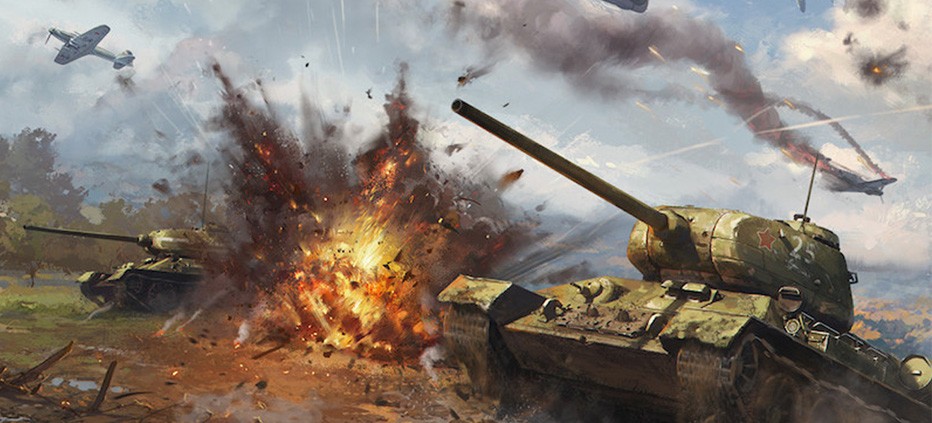
This was compounded by the Soviet advantage of having lines
of supply that were ‘internal’ and hence comparatively short. Not only were the
Germans’ supply lines far longer; they also failed to build up an adequate
transport system in the occupied Soviet territories. Supply by means of lorries
broke down as early as the first months of the war and was subsequently
possible only over short distances, while the railway network was limited to a
small number of trunk lines that were very vulnerable to disruption. Even more
amateurish, to say nothing of the moral implications, was the German High
Command’s idea that the troops would simply take all they needed from the
country they were passing through. In the final analysis, Operation Barbarossa
lacked a solid material and logistical basis right from the beginning, and
here, too, it was ideology that was supposed to make up the shortfall.
Ironically enough, ideology did ultimately tip the balance,
but in a quite different way from the one expected by the German planners. Long
before, Clausewitz and Caesar knew that there are three things one needs to
master in winning a war: the enemy’s armed forces, his territory, and, lastly,
his people’s will to resist. The armed forces had to be destroyed and the
country occupied, but it was only when the opponent’s will to resist had been
broken or won over that the war would truly be at an end. The German
leadership, by contrast, were so foolhardy that they waged war from the
beginning, not only against the Soviet Union with its superior resources, but also
against almost all of its peoples at the same time. Hitler and his entourage
did not think it necessary to make even tactical allowances for the scale of
the task, and steadfastly ignored the enormous political opportunities that
presented themselves, especially in summer 1941, when the Wehrmacht was often
being joyfully received in the Soviet Union’s westernmost territories and
desertion was threatening to undermine the very existence of the Red Army. The
German leaders, however, were determined not to make any alteration to their
idea of how the war would be conducted, which meant destruction, exploitation,
and oppression. Only once it was already too late, in autumn 1944, were they
prepared to open the door—as with the Vlasov Army—to a certain political
flexibility.
It is hardly surprising that their enemies’ concept of a
Great Patriotic War would prove far more powerful—not least because
justifications of defence always seem more plausible than those of invasion.
The German campaign of annihilation left little room for questions,
interpretations, or alternatives, with the result that only a minority of
Soviets ever collaborated with the Germans, in spite of the fact that so many
in Soviet society might otherwise have been predisposed towards collaboration
with the invaders for manifold political, ethnic, personal, or ideological
reasons. Instead, they fought for their freedom, even if that was something of
a relative term under Stalin’s regime—or they fought simply to survive. The
Great Patriotic War was far more than a propaganda construct; it became a
political reality. It became the central concern of millions of Soviet
citizens, and that alone made the foundering of the German strategy inevitable.
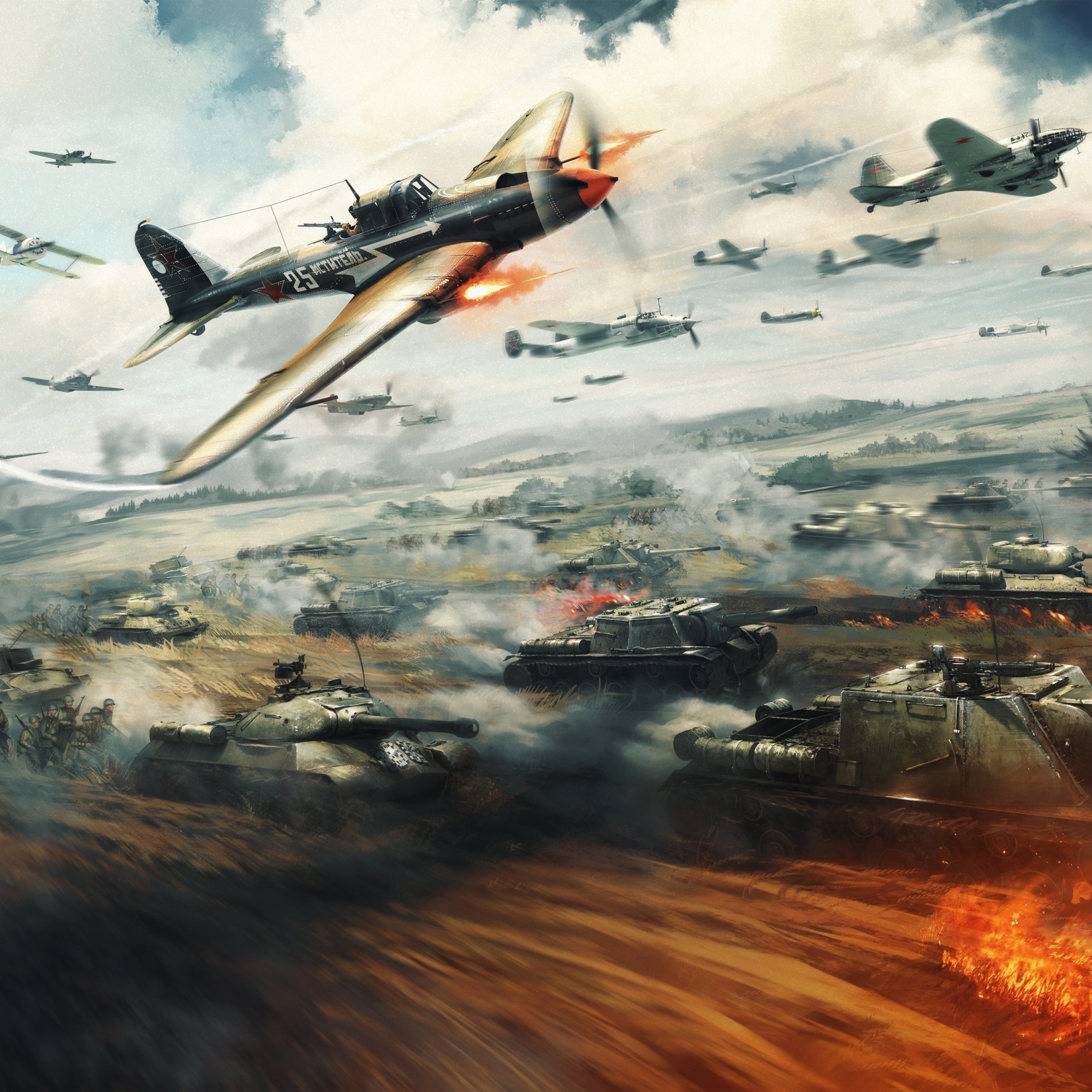
This list contains not only the newest major publications
in the field. I have also included a number of older works of significance. A
number of these works have never been translated into English, but are included
as vital sources that will be of interest to anyone who can read German.
Armstrong, John A. (ed.), Soviet Partisans in World War II
(Madison, WI, 1964).
Baberowski, Jörg, and Doering-Manteuffel, Anselm, Ordnung
durch Terror: Gewaltexzesse und Vernichtung im nationalsozialistischen und im
stalinistischen Imperium (2nd edn; Bonn, 2007).
Barber, John, and Harrison, Mark, The Soviet Home Front
1941–1945: A Social and Economic History of the USSR in World War II (London,
1991).
Böll, Heinrich, and Kopelew, Lew, Warum haben wir
aufeinander geschossen? (Bornheim, 1981).
Burleigh, Michael, The Third Reich: A New History (London,
2000).
Chiari, Bernhard, Alltag hinter der Front: Besatzung,
Kollaboration und Widerstand in Weißrussland 1941–1944 (Düsseldorf, 1998).
Courtois, Stéphane, Bartosek, Karel, and Paczkowski, Adrzej,
The Black Book of Communism: Crimes, Terror, Repression (Cambridge, 2004).
Creveld, Martin van, Fighting Power: German and U.S. Army
Performance, 1939–1945 (repr.; Westport, CT, 2007).
Dallin, Alexander, German Rule in Russia: A Study of
Occupation Policies (London, 1957).
Dunn, Walter S., Jr., The Soviet Economy and the Red Army,
1930–1945 (West-port, CT, 1995).
Èrenburg, Ilja, and Grossmann, Vassili S., The Black Book:
The Ruthless Murder of Jews by German–Fascist Invaders throughout the
Temporarily Occupied Regions of the Soviet Union and in the Death Camps of
Poland during the War of 1941–1945 (New York, 1981).
Erickson, John, The Soviet High Command: A
Military–Political History, 1918–1941 (London, 1962).
Erickson, John, Stalin’s War with Germany, i. The Road to
Stalingrad (London, 1975).
Erickson, John, Stalin’s War with Germany, ii. The Road to
Berlin (London, 1983).
Europa unterm Hakenkreuz. Die Okkupationspolitik des
deutschen Faschismus (1938–1945), v. Die faschistische Okkupationspolitik in
den zeitweilig besetzten Gebieten der Sowjetunion (1941–1944), ed. and with an
introduction by Norbert Müller et al. (Berlin, 1991).
Fritz, Stephen G., Frontsoldaten: The German Soldier in
World War II (Lexington, KY, 1995).
Fritz, Stephen G., Ostkrieg: Hitler’s War of Extermination
in the East (Lexington, KY, 2011).
Gerlach, Christian, Calculated Murders: German Economic
Policies and the Politics of Annihilation in White Russia, 1941–1944 (Hamburg,
2000).
Germany and the Second World War, ed. Militärgeschichtliches
Forschungsamt (Research Institute for Military History) (Potsdam, Germany; 8
vols; Oxford 1990–2008).
Glantz, David M., Colossus Reborn: The Red Army at War,
1941–1943 (Lawrence, KS, 2005).
Glantz, David M., Stumbling Colossus. The Red Army on the
eve of World War (Lawrence, KS, 2008).
Glantz, David M., Operation Barbarossa: Hitler’s Invasion of
Russia 1941 (Brimscombe Port, 2011).
Glantz, David M., and House, Jonathan M., When Titans
Clashed: How the Red Army Stopped Hitler (Lawrence, KS, 1995).
Hamburger Institut für Sozialforschung (ed.), Verbrechen der
Wehrmacht: Dimensionen des Vernichtungskrieges 1941–1944, Ausstellungskatalog
(Hamburg, 2002).
Hartmann, Christian, Halder: Generalstabschef Hitlers
1938–1942 (2nd edn; Paderborn, 2009).
Hartmann, Christian, Wehrmacht im Ostkrieg: Front und
militärisches Hinterland 1941/42 (2nd edn; Munich, 2010).
Hartmann, Christian, Hürter, Johannes, Lieb, Peter, and
Pohl, Dieter, Der deutsche Krieg im Osten 1941–1944: Facetten einer
Grenzüberschreitung (Munich, 2009).
Herbert, Ulrich, Hitler’s Foreign Workers: Enforced Foreign
Labour in Germany under the Third Reich (Cambridge, 1997).
Hilberg, Raul, The Destruction of the European Jews
(Chicago, 1961).
Hildermeier, Manfred, Geschichte der Sowjetunion 1917–1991:
Entstehung und Niedergang des ersten sozialistischen Staats (Munich, 1998).
Hilger, Andreas, Deutsche Kriegsgefangene in der
Sowjetunion, 1941–1956: Kriegsgefangenenpolitik, Lageralltag und Erinnerung
(Essen, 2000).
Hillgruber, Andreas, Hitlers Strategie: Politik und
Kriegführung 1940–1941 (Frankfurt am Main, 1965; 3rd edn, 1993).
Hillgruber, Andreas, Der Zweite Weltkrieg 1939–1945:
Kriegsziele und Strategien der großen Mächte (Stuttgart, 1982).
Hürter, Johannes, Ein deutscher General an der Ostfront: Die
Briefe und Tagebücher des Gotthard Heinrici 1941/42 (Erfurt, 2001).
Hürter, Johannes, Hitlers Heerführer: Die deutschen
Oberbefehlshaber im Krieg gegen die Sowjetunion 1941/42 (2nd edn; Munich,
2007).
Jackel, Eberhard, Hitler‘s World View: A Blueprint for Power
(Cambridge, MA, 1981).
Jäger, Herbert, Verbrechen unter Totalitärer Herrschaft.
Studien zur nationalsozialistischen Gewaltkriminalität (Olten, 1967).
Jarausch, Konrad H. (ed.), Reluctant Accomplice: A Wehrmacht
Soldier’s Letters from the Eastern Front, with contributions by Klaus J. Arnold
and Eve M. Duffy and foreword by Richard Kohn (Princeton, 2011).
Kershaw, Ian, and Lewin, Moshe (eds), Stalinism and Nazism.
Dictatorships in Comparison (Cambridge, 1997).
Kluge, Alexander, Schlachtbeschreibung (Olten, 1964).
Koenen, Gerd, Der Russland-Komplex: Die Deutschen und der
Osten 1900–1945 (Munich, 2005).
Krausnick, Helmut, and Wilhelm, Hans-Heinrich, Die Truppe
des Weltanschauungskrieges. Die Einsatzgruppen der Sicherheitspolizei und des
SD 1938–1942 (Stuttgart, 1981).
Krivosheev, Grigori F. (ed.), Soviet Casualities and Combat
Losses in the Twentieth Century (London, 1997).
Kühne, Thomas, Kameradschaft: Die Soldaten des
nationalsozialistischen Krieges und das 20. Jahrhundert (Göttingen, 2006).
Ledig, Gert, The Stalin Front: A Novel of World War II (New
York, 2005).
Lexikon der Vertreibungen: Deportation, Zwangsaussiedlung
und ethnische Säuberung im Europa des 20. Jahrhunderts, ed. Detlef Brandes,
Holm Sundhausen, und Stefan Troebst (Vienna, 2010).
Lumans, Valdis O., Himmler’s Auxiliaries. The Volksdeutsche
Mittelstelle and the German National Minorities of Europe 1939–1945 (Chapel
Hill, NC, 1993).
Mawdsley, Evan, Thunder in the East: The Nazi–Soviet War
1941–1945 (London, 2007).
Meier-Welcker, Hans, Aufzeichnungen eines
Generalstabsoffiziers 1939–1942 (Freiburg im Breisgau, 1982).
Megargee, Geoffrey P., Inside Hitler’s High Command
(Lawrence, KS, 2000).
Melvin, Mungo, Manstein: Hitler’s Greatest General (London,
2010).
Merridale, Catherine, Ivan’s War: The Red Army, 1941–45
(London, 2005).
Müller, Rolf-Dieter (ed.), Die deutsche Wirtschaftspolitik
in den besetzten sowjetischen Gebieten 1941–1943. Der Abschlußbericht des
Wirtschaftsstabes Ost und Aufzeichnungen eines Angehörigen des
Wirtschaftskommandos Kiew (Boppard am Rhein, 1991).
Müller, Rolf-Dieter, Der letzte deutsche Krieg 1939–1945
(Stuttgart, 2005). Müller, Rolf-Dieter, The Unknown Eastern Front: The
Wehrmacht and Hitler’s Foreign Soldiers (London, 2012).
Müller, Rolf-Dieter, and Ueberschär, Gerd R., Hitler’s War
in the East 1941–1945: A Critical Assessment (Providence, RI, 1997).
Musial, Bogdan, ‘Konterrevolutionäre Elemente sind zu
erschießen’, in Die Brutalisierung des deutsch–sowjetischen Krieges im Sommer
1941 (Berlin, 2000).
Musial, Bogdan (ed.), Sowjetische Partisanen in
Weißrussland: Innenansichten aus dem Gebiet Baranoviči 1941–1944. Eine
Dokumentation (Munich, 2004). 176
Neitzel, Sönke, Tapping Hitler’s Generals: Transcripts of
Secrets Conversations, 1942–45 (Barnsley, 2007).
Oldenburg, Manfred, Ideologie und militärisches Kalkül. Die
Besatzungspolitik der Wehrmacht in der Sowjetunion 1942 (Cologne, 2004).
Osteuropa-Handbuch: Sowjetunion, Außenpolitik, i. 1917–1955,
ed. Dietrich Geyer (Cologne, 1972).
Otto, Reinhard, Wehrmacht, Gestapo und sowjetische
Kriegsgefangene im deutschen Reichsgebiet 1941/42 (Munich, 1998).
Overmans, Rüdiger, Deutsche militärische Verluste im Zweiten
Weltkrieg (Munich, 1999).
Overy, Richard, Russia’s War (London, 1998).
Philippi, Alfred, and Him, Ferdinand, Der Feldzug gegen
Sowjetrussland 1941 bis 1945: Ein operativer Überblick (Stuttgart, 1962).
Pohl, Dieter, Verfolgung und Massenmord in der NS-Zeit
1933–1945 (Darmstadt, 2003).
Pohl, Dieter, Die Herrschaft der Wehrmacht: Deutsche
Militärbesatzung und einheimische Bevölkerung in der Sowjetunion 1941–1944
(Munich, 2008).
Pospelov, P. N., et al. (eds), Great Patriotic War of the
Soviet Union, 1941–1945: A General Outline (6 vols; Moscow, 1961).
Reese, Willy Peter, A Stranger to Myself: The Inhumanity of
War, 1941–44 (New York, 2005).
Reinhardt, Klaus, Moscow—the Turning Point: The Failure of
Hitler’s Strategy in the Winter of 1941–42 (Oxford, 1992).
Rürup, Reinhard, and Jahn, Peter (eds), Erobern und
Vernichten: Der Krieg gegen die Sowjetunion 1941–1945. Essays (Berlin, 1991).
Salisbury, Harrison E., The 900 Days: The Siege of Leningrad
(Cambridge, 2003).
Schieder, Theodor, et al., Documents on the Expulsion of the
Germans from Eastern-Central Europa (Bonn, 1960).
Schlögel, Karl, Moscow, 1937 (Cambridge, 2012).
Schulte, Theo J., The German Army and Nazi Policies in
Occupied Russia (Oxford, 1989).
Seaton, Albert, The Russo-German War, 1941–45 (New York,
1971).
Shepherd, Ben, War in the Wild East: The German Army and
Soviet Partisans (Cambridge, MA, 2004).
Shils, Edward, and Janowitz, Morris, ‘Cohesion and
Disintegration in the Wehrmacht’, Public Opinion Quarterly, 12 (1948),
S.280–315.
Snyder, Timothy, Bloodlands: Europe between Hitler and
Stalin (New York, 2010).
Solzhenitsyn, Alexander, Gulag Archipelago, 1918–1956. An
Experiment in Literary Investigation (3 vols; New York, 1974–8).
Streim, Alfred, Die Behandlung sowjetischer Kriegsgefangener
im ‘Fall Barbarossa’: Eine Dokumentation (Heidelberg, 1981).
Streit, Christian, et al., Die Wehrmacht und die
sowjetischen Kriegsgefangenen 1941–1945 (3rd edn; Bonn, 1997).
Suny, Ronald Grigor, The Soviet Experiment: Russia, the USSR
and the Successor States (New York, 1998).
Ueberschär, Gerd R., and Wette, Wolfram, ‘Unternehmen
Barbarossa’, in Der deutsche Überfall auf die Sowjetunion 1941: Berichte,
Analysen, Dokumente (Paderborn, 1984).
Die Verfolgung und Ermordung der europäischen Juden durch
das nationalsozialistische Deutschland 1933–1945, vii. Sowjetunion und
annektierte Gebiete I, compiled by Bert Hoppe (Munich, 2011).
Wegner, Bernd, From Peace to War: Germany, Soviet Russia,
and the World, 1939–1941 (Providence, RI, 1997).
Weinberg, Gerhard L., A World at Arms: A Global History of
World War II (Cambridge, 1994).
Zellhuber, Andreas, ‘Unsere Verwaltung treibt einer
Katastrophe zu …’, in Das Reichsministerium für die besetzten Ostgebiete und
die deutsche Besatzungsherrschaft in der Sowjetunion 1941–1945 (Munich, 2006).
